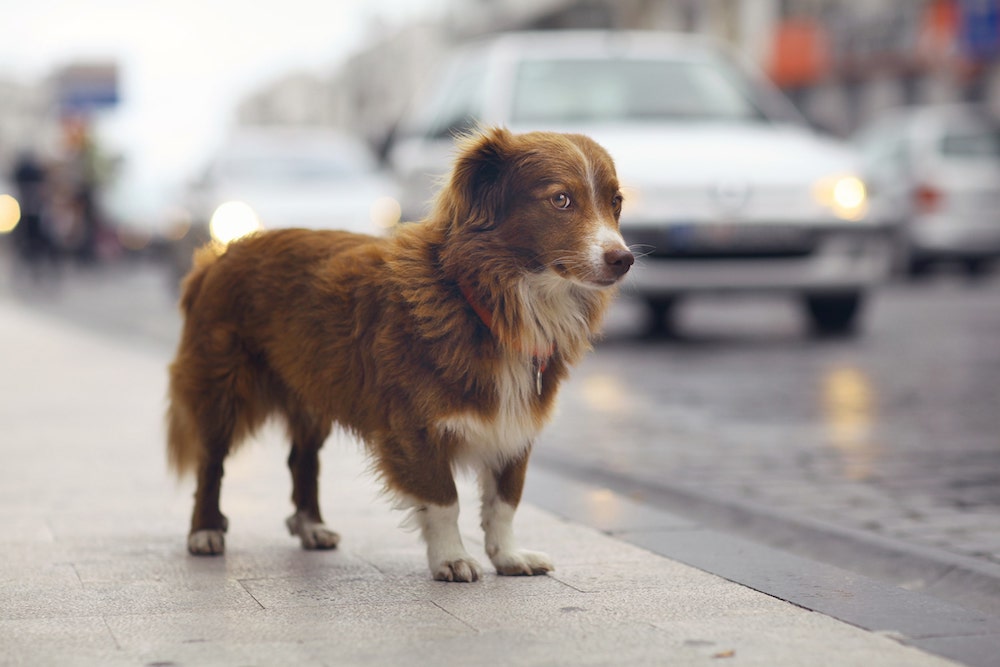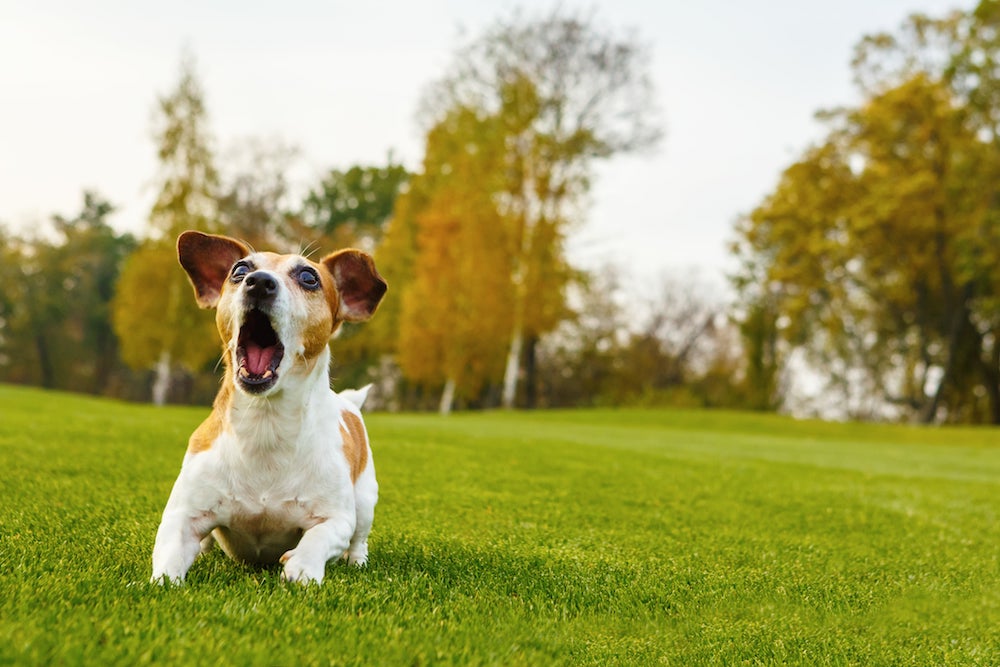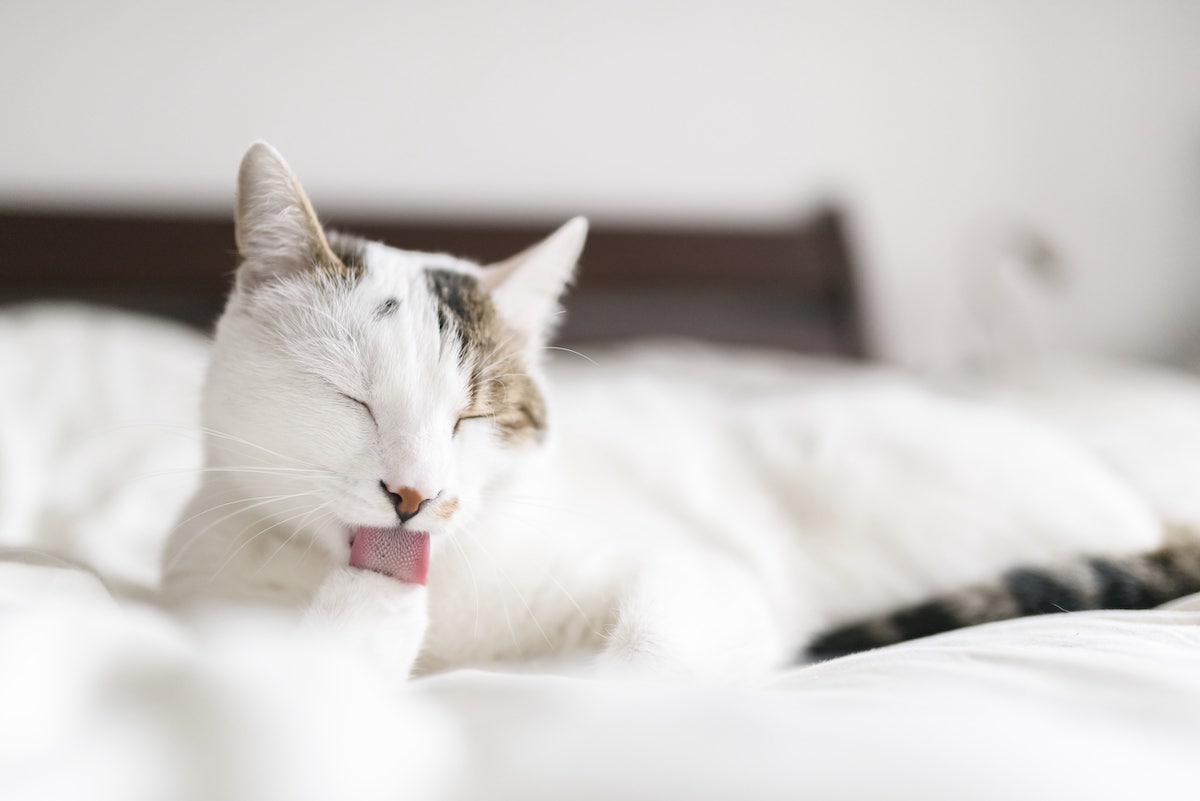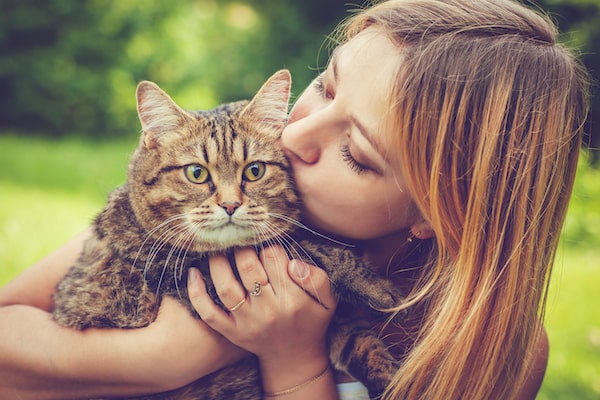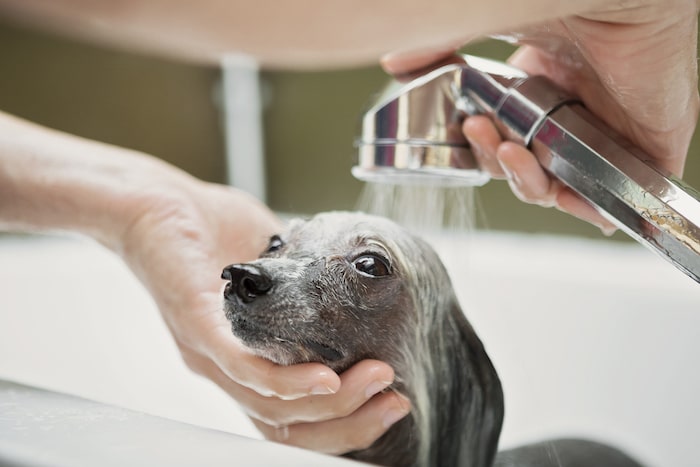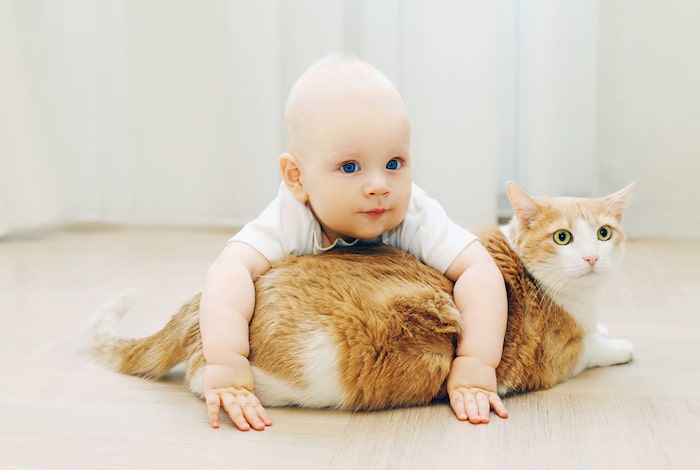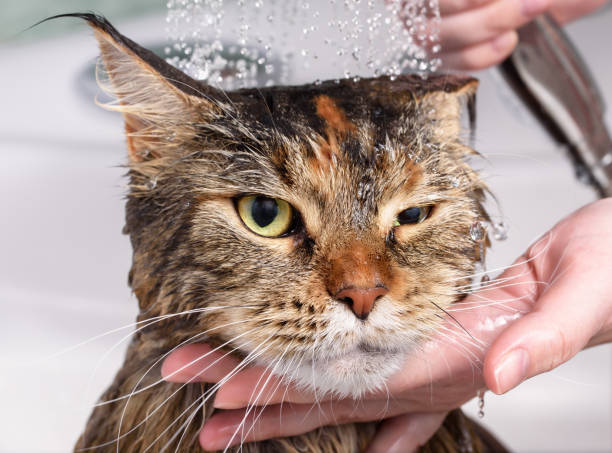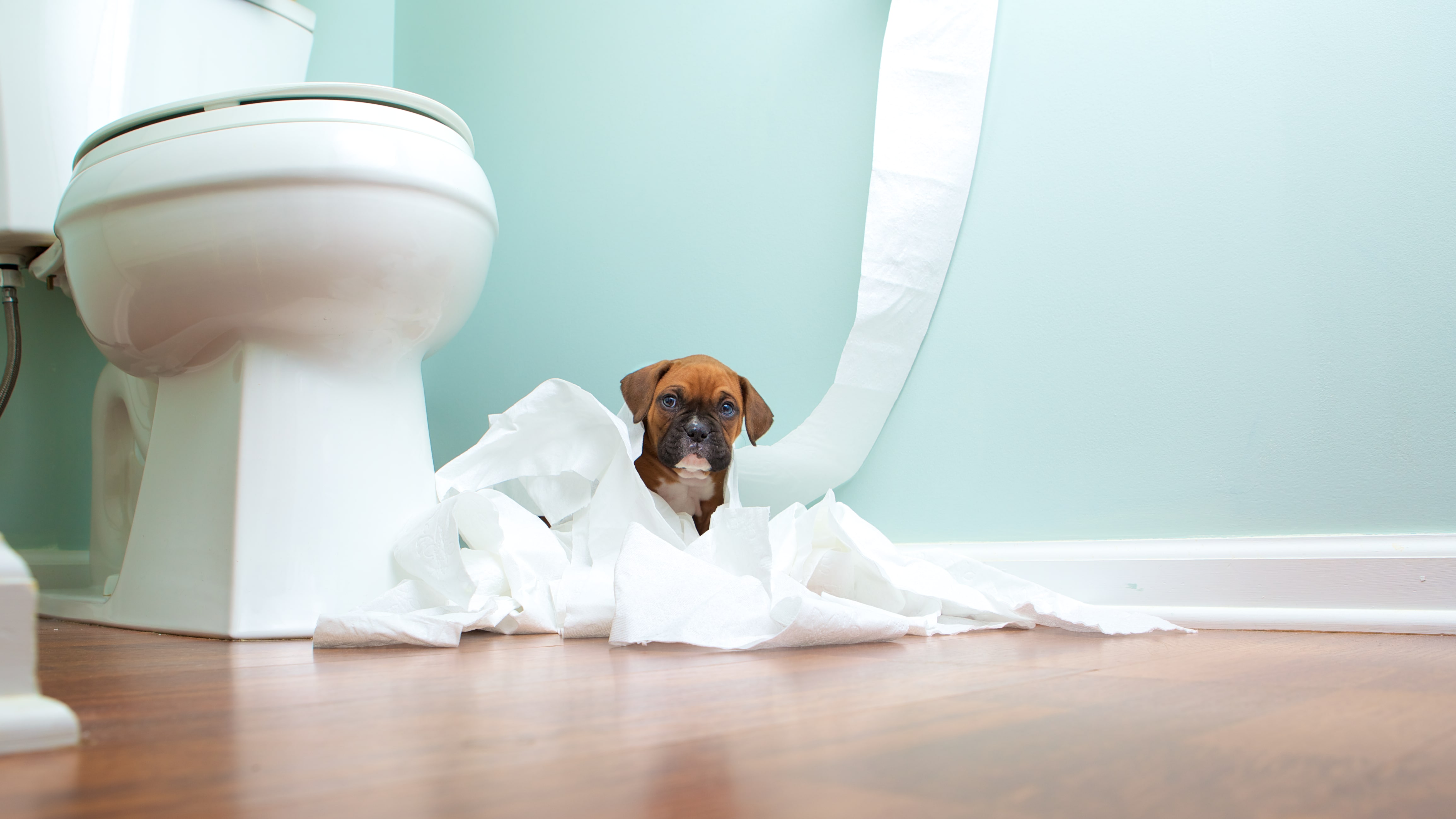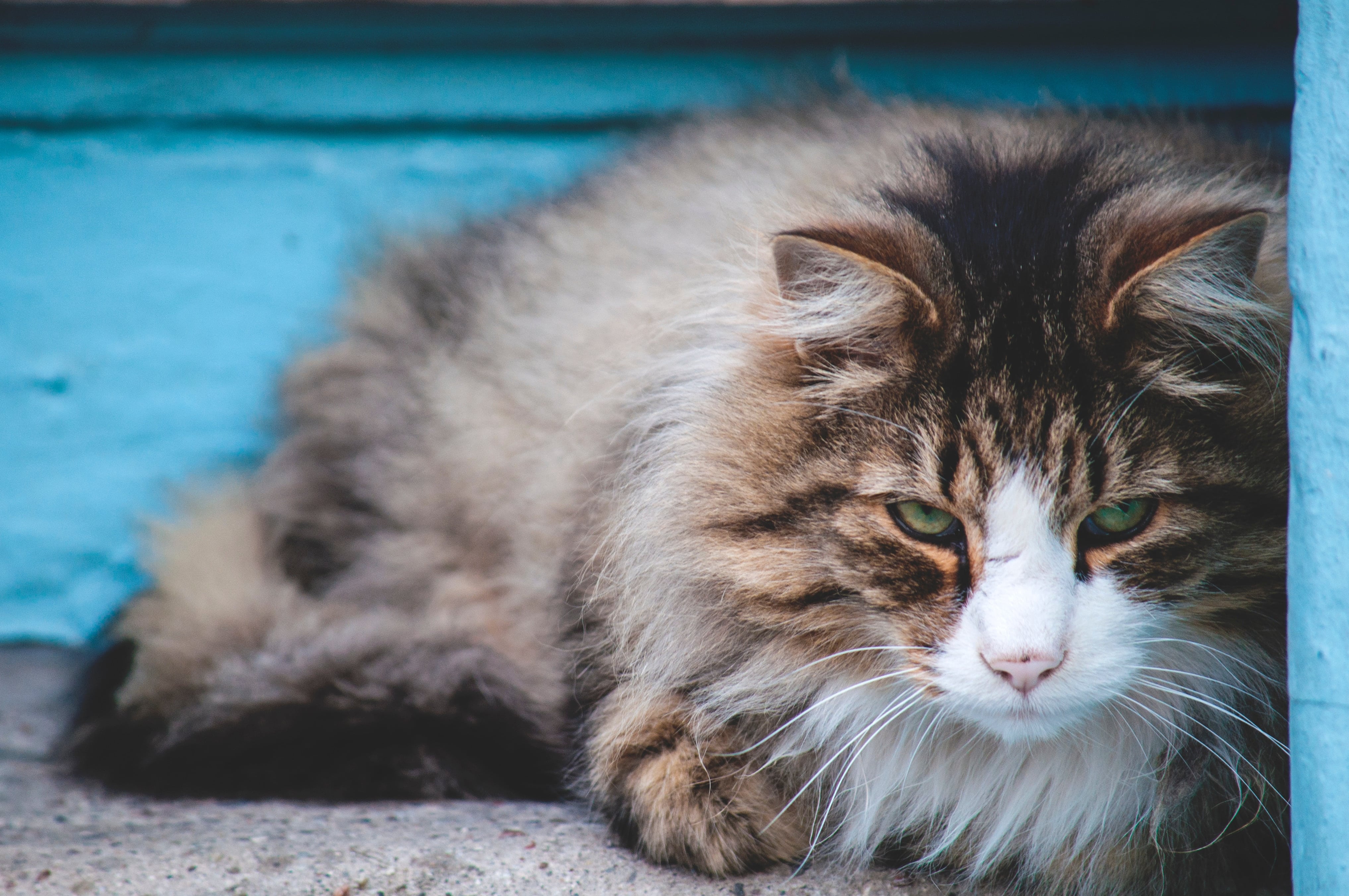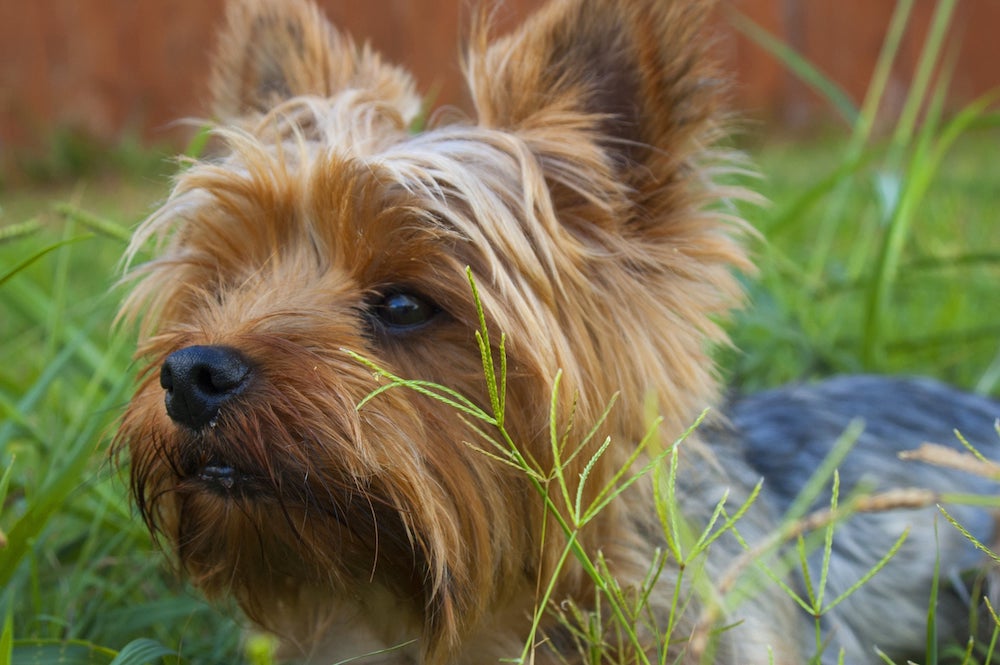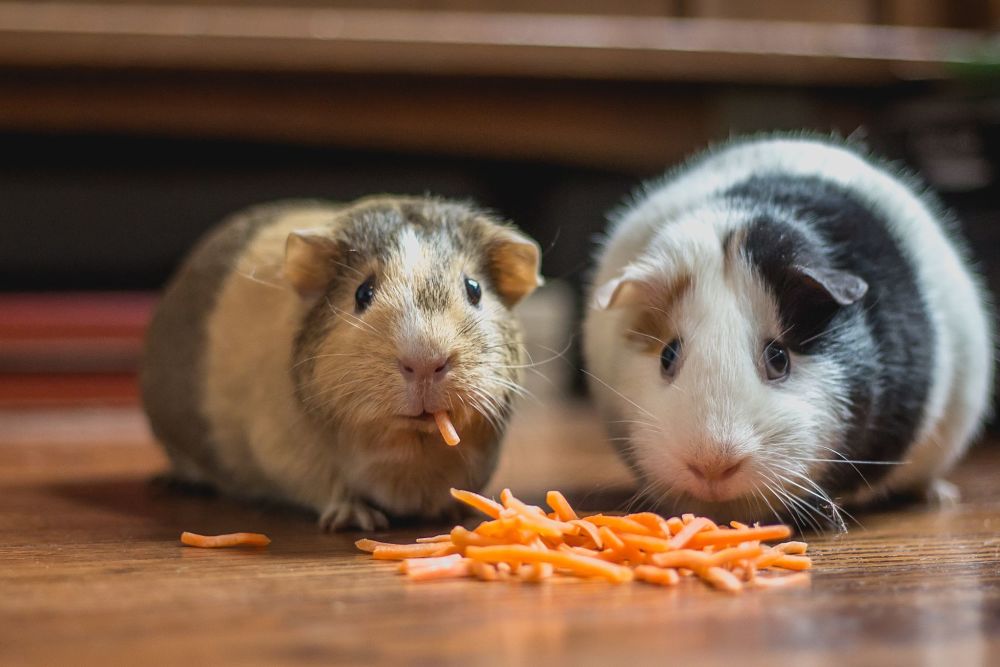
5 Inexpensive and Low-Maintenance Pets to Get Your Child
by Jane Meggitt - 7/29/19
Between work and family obligations, today’s parents are busier than ever. You know the value pets have for kids, but you don’t have the time right now for a dog or cat. Fortunately, there are plenty of inexpensive and low-maintenance pets for kids that can teach your children responsibility while offering fun and some companionship. One caveat: While elementary school-aged children can provide most of the care for these inexpensive pets, parental oversight is necessary to ensure the pet is fed and watered properly and lives in clean conditions.
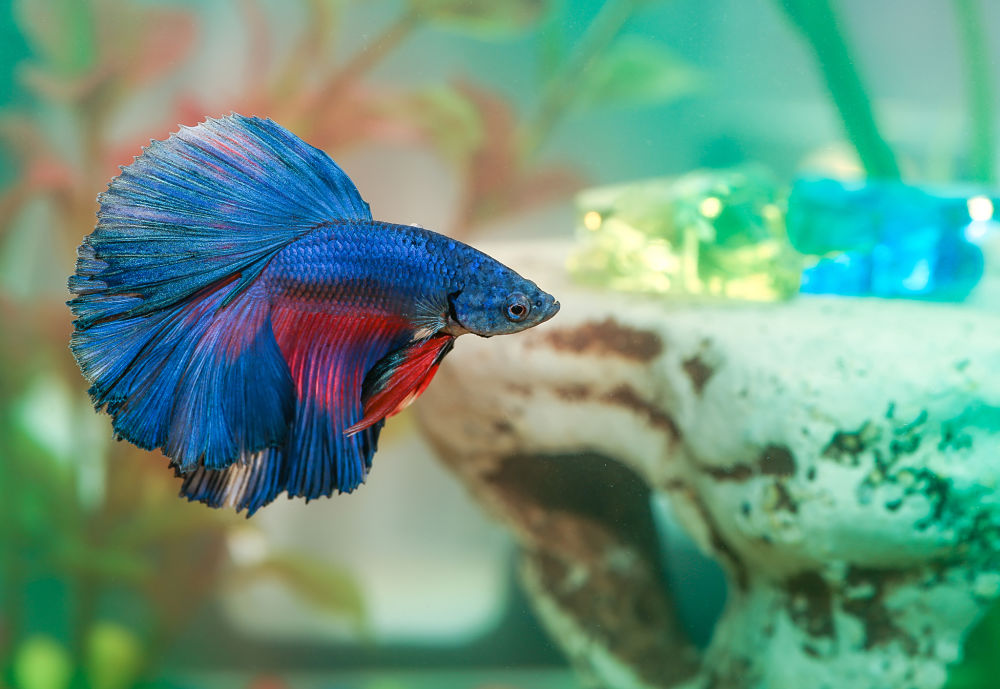
1. Betta Fish
Formerly known as Siamese fighting fish, brightly colored betta fish make a good first pet for youngsters. Because male bettas will fight with other males, they must live alone in bowls or small aquariums. Female bettas are less brightly colored. They can live together and with other types of fish. With good care, a betta should live between 2.5 and 3 years. Bettas require a pellet or two of food created for their species daily, and regular changes of water. Make sure your child does not overfeed their bettas.
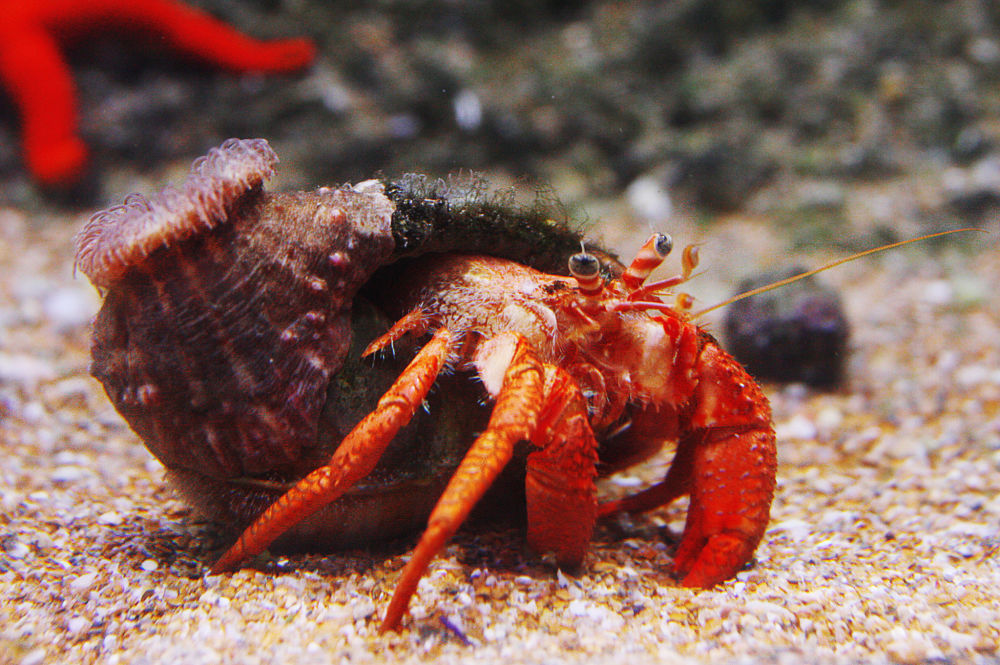
2. Hermit Crabs
If your kids love the beach and its native fauna, they should enjoy caring for hermit crabs. Once these creatures “come out of their shell,” so to speak, your kids will learn that these little pets possess real personalities. House land hermit crabs in a 10-gallon aquarium or similar set-up. Since they are social sorts you’ll need to get more than one—and three or four is better than just two. Line the bottom of the tank with some sort of substrate, such as sand, that they can dig in. They also need a non-metal bowl of fresh water–not tap water, however, as chlorine can kill them–and a non-metal bowl of salt water available at all times. The former is for drinking and the latter for bathing. Keep pieces of wood and other objects in the tank that the crabs can climb. Feed your hermit crabs pelleted crab food, but add small bits of fresh fruits and veggies, too, to keep them healthy. With good care, hermit crabs can live for years.
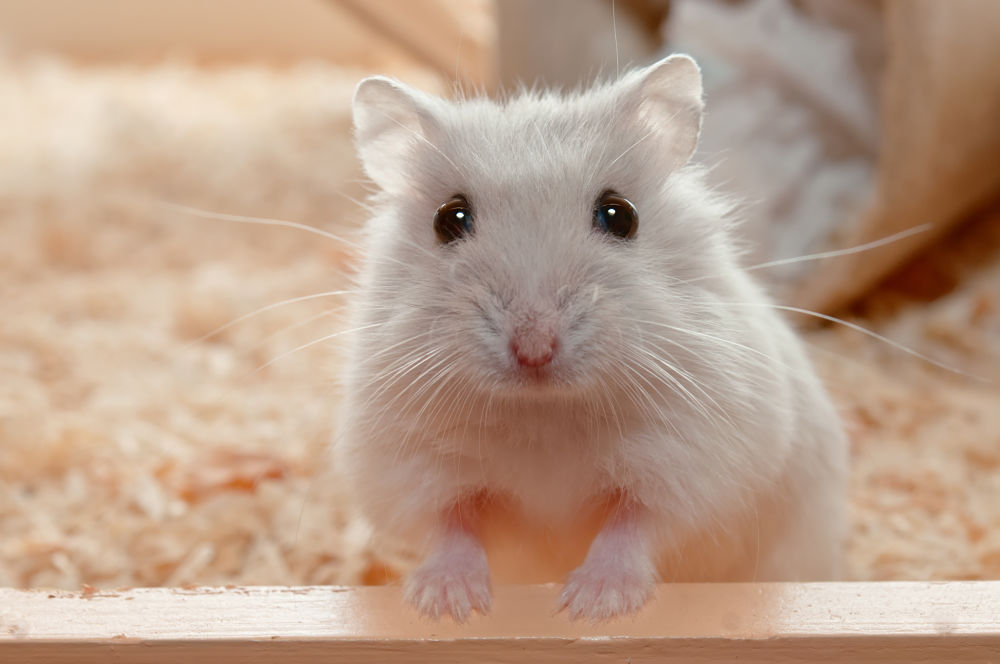
3. Hamsters
Small and adorable, hamsters are an easy-care pet for an older child. The most common hamster is the Syrian, also known as the golden hamster. Because Syrian hamsters aren’t keen on company, they are best kept by themselves. The Teddy Bear hamster is the long-haired version of the Syrian. Dwarf hamsters, often available in pet stores, can live in pairs, but tend toward nippiness so may not prove the best choice for young children.
Purchase a large, escape-proof hamster cage for your pet. For bedding, use hay, straw or other fibers, and clean the cage daily. Make sure the hamster always has fresh water available in a dish or drinking bottle hung on the side of the cage, and feed commercial hamster food along with small pieces of carrot, apple, pear or parsley. For exercise, place a hamster wheel in the cage so your pet can get plenty of running in while confined to a small space. Under supervision, kids can take a hamster out of the cage and gently play with them. Use food rewards to teach hamsters simple tricks, such as fetch.
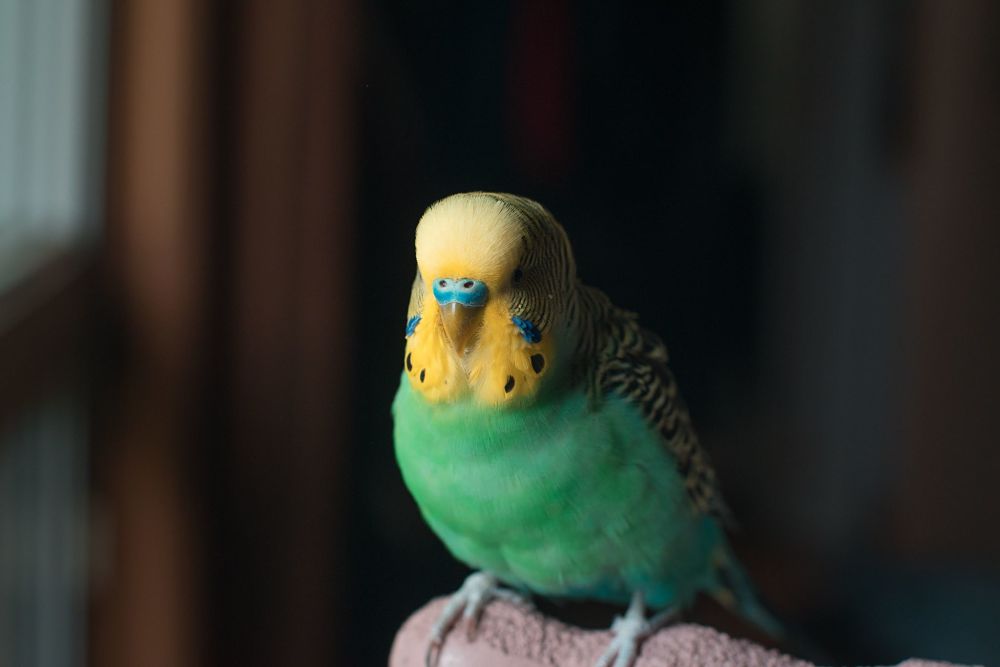
4. Parakeets
Parakeets, also known as budgerigars, make wonderful pets for kids. These small, highly sociable birds make a variety of noises, and some of them will talk. Males are more likely to mimic household noises. Male parakeets also tend to be more social than their female counterparts, but all parakeets like company and need it to be happy. With patience, kids can teach their parakeets to perch on a finger and perform certain tricks.
Purchase a suitable cage for your parakeets, the larger the better. Since budgies need stimulation and exercise, place numerous perches and small mirrors within the cage, along with bells, ladders and other bird toys. Your parakeets requires fresh, clean water, along with bird seed, at all times. Clean the bottom of the cage daily. You can purchase special cage floor linings for quick pick-up, but paper towels will also do the trick.

5. Guinea Pigs
When it comes to kids and pets, guinea pets have a lot of advantages. Also known as cavies, guinea pigs are generally friendly, easy to handle and not as skittish as other small rodents. Give them a large cage lined with newspaper, plenty of hay to chew on, fresh water and pelleted guinea pig food, and they’re happy little creatures. These little “pigs” have personality to spare, and when petted many purr like a cat.
While hamsters, mice and similar small rodents live only a couple of years, guinea pigs may live to seven, eight or beyond. The good news is your pet is around longer, but the bad news is that your child may go off to college and you’ll have to care for the cavy yourself. They are, however, a low-maintenance pet.
Jane Meggitt’s work has appeared in dozens of publications, including USA Today, The Alternative Daily, nj.com, The Happy Cat Site and The Nest Pets. She is a graduate of New York University.
References
- https://www.petco.com/content/petco/PetcoStore/en_US/pet-services/resource-center/caresheets/betta.html
- https://www.thenaturalhomeschool.com/hermit-crabs-pet-for-kids.html
- https://animals.mom.me/top-four-hamsters-kids-9014.html
- https://www.petmd.com/exotic/care/evr_ex_hm_how-to-care-for-your-hamster
- https://pethelpful.com/birds/All-About-Parakeets-A-Parents-Perspective
- http://www.vetstreet.com/our-pet-experts/10-reasons-why-guinea-pigs-make-great-pets


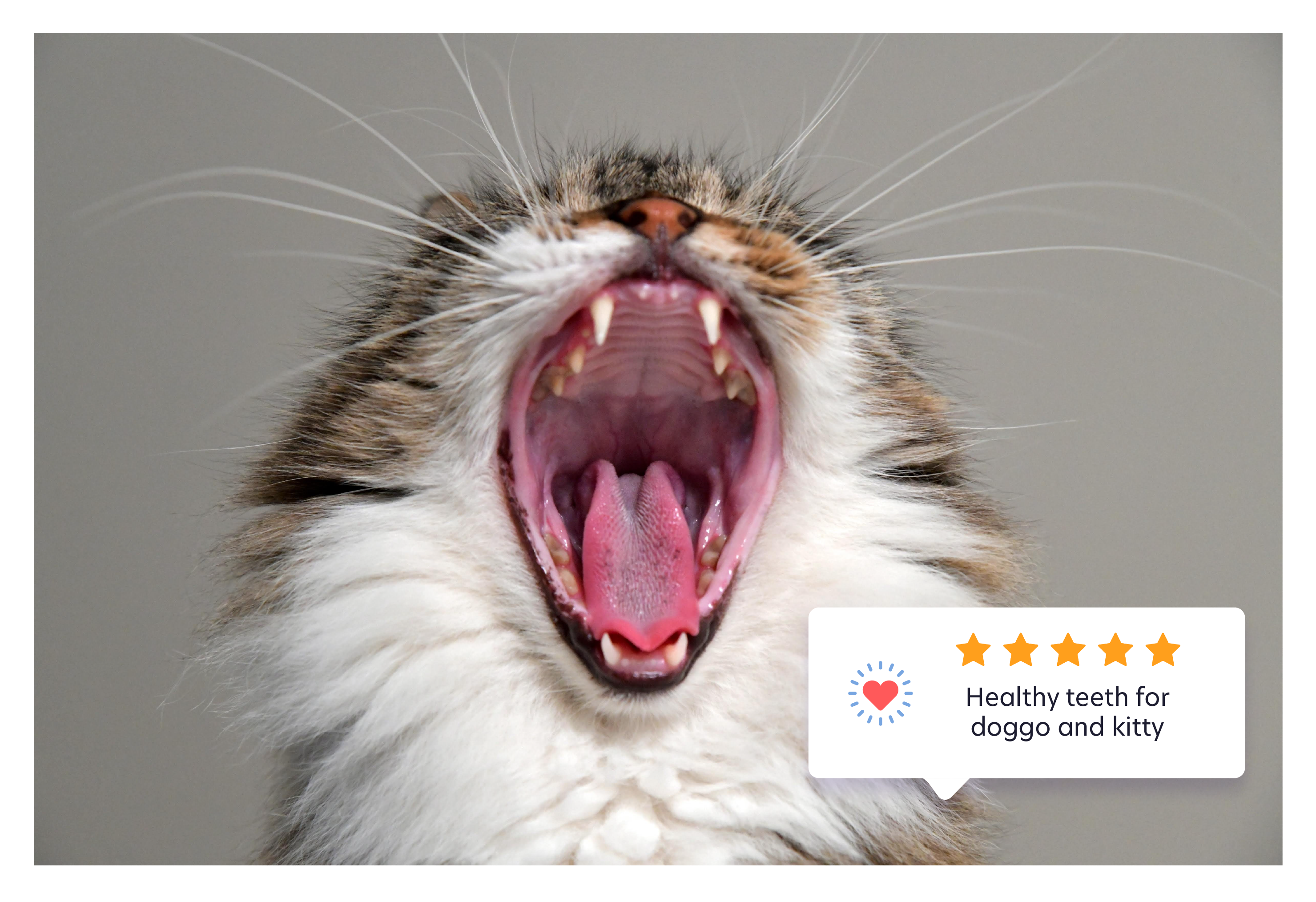

.jpg)
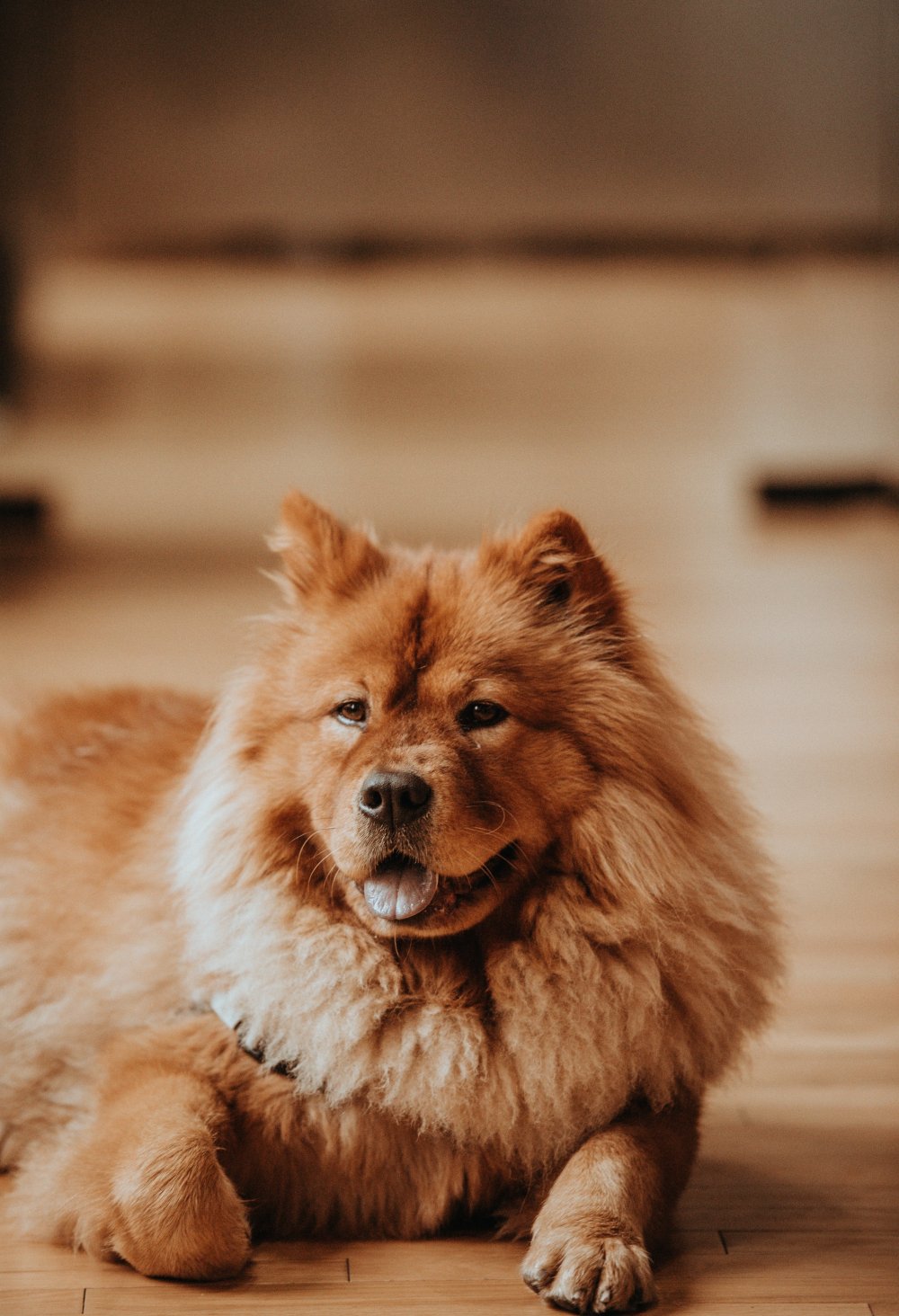
.jpg)
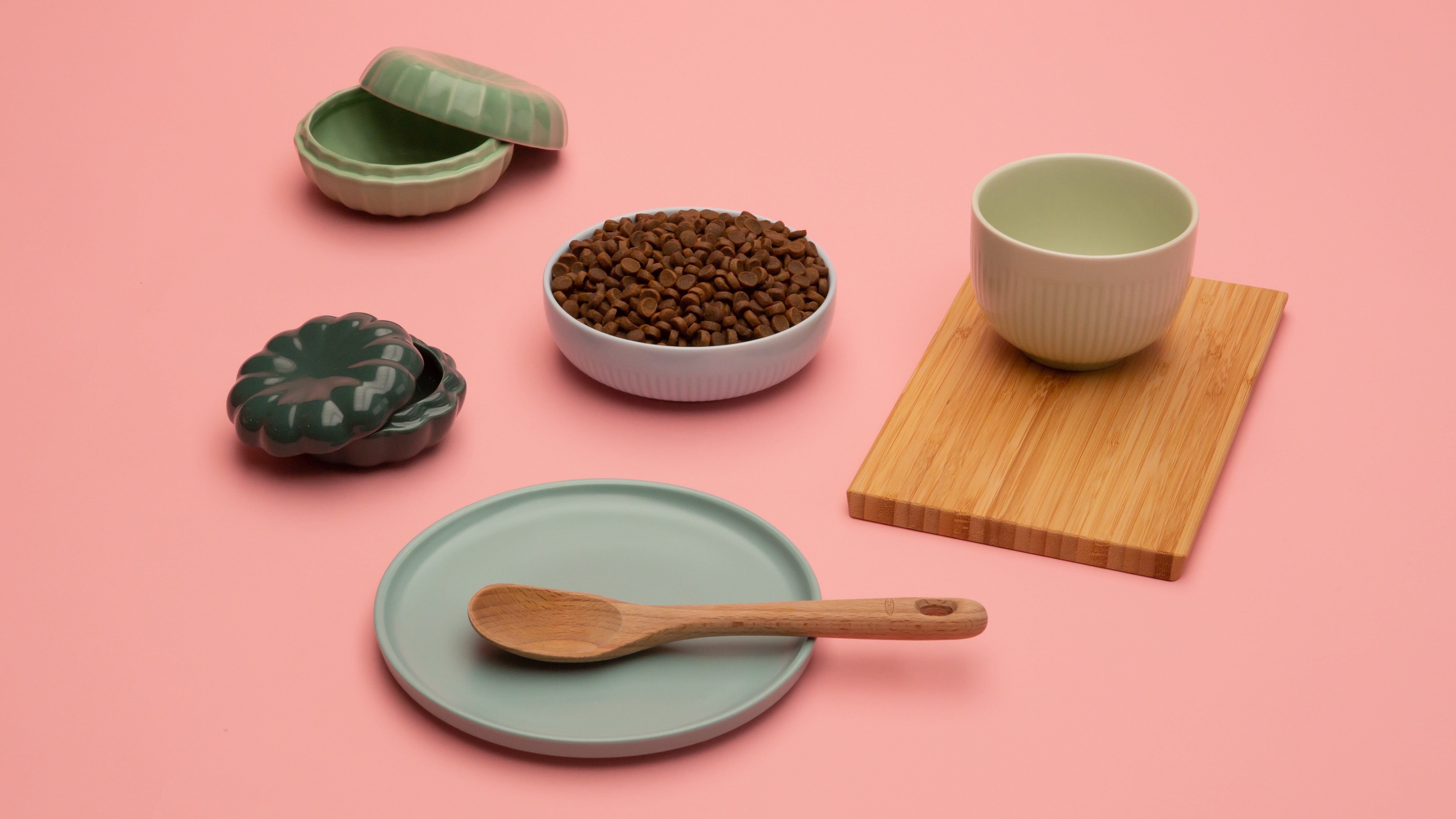
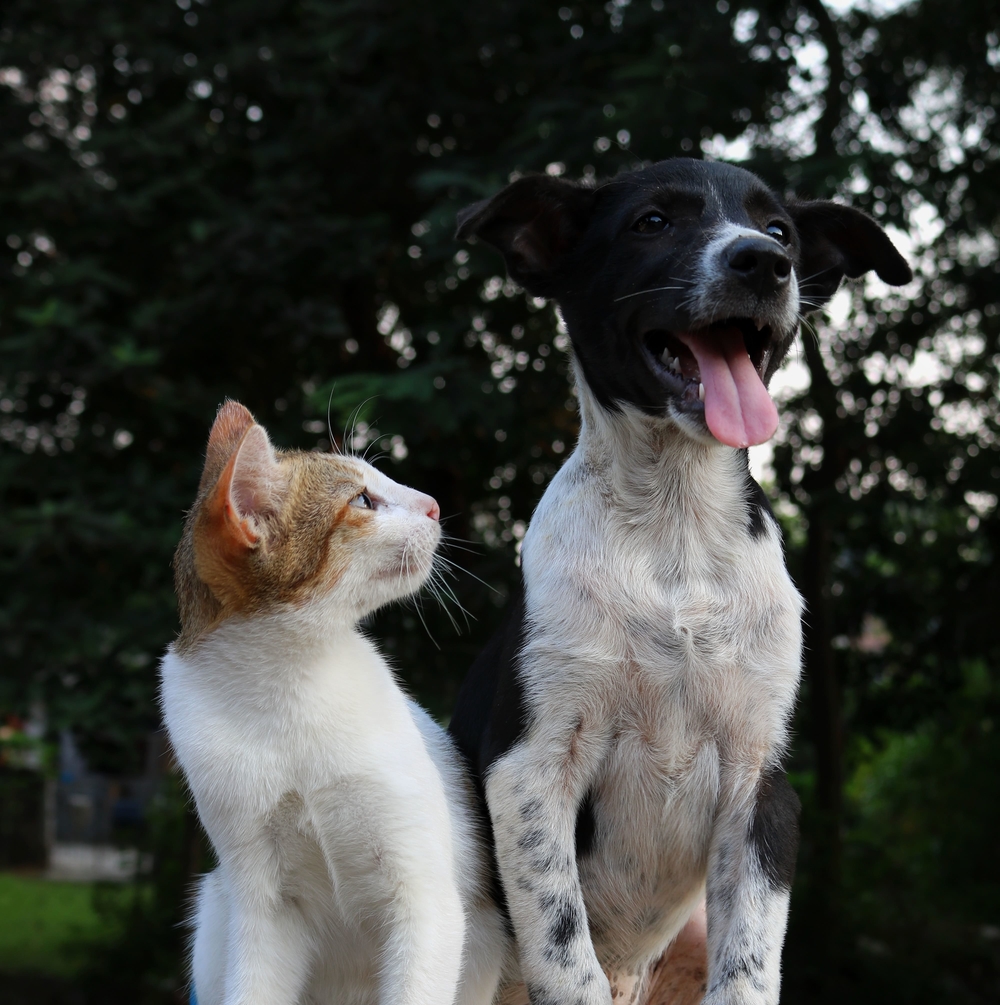
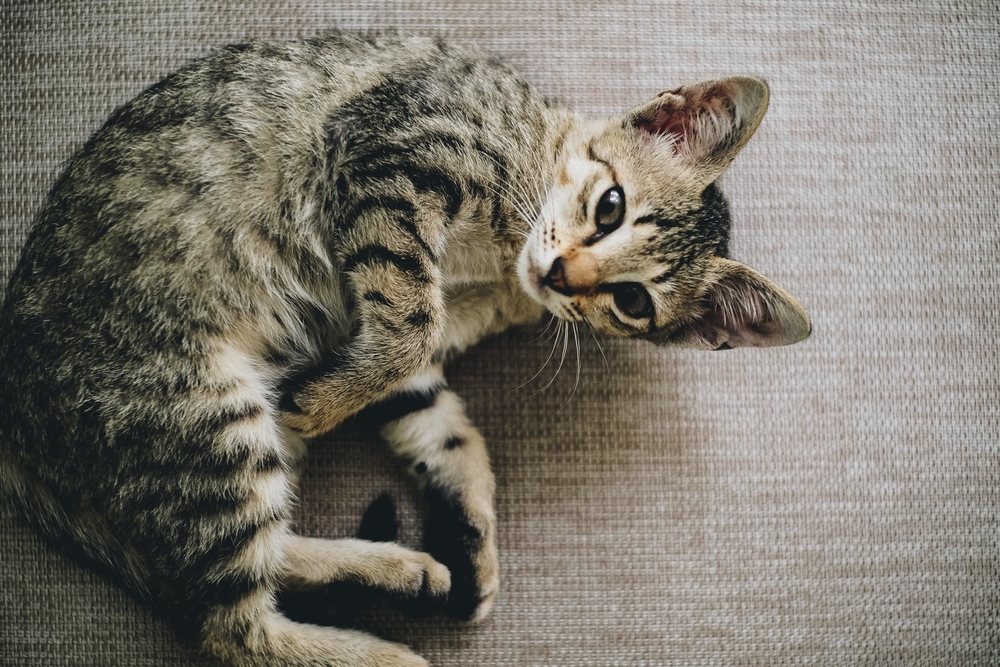
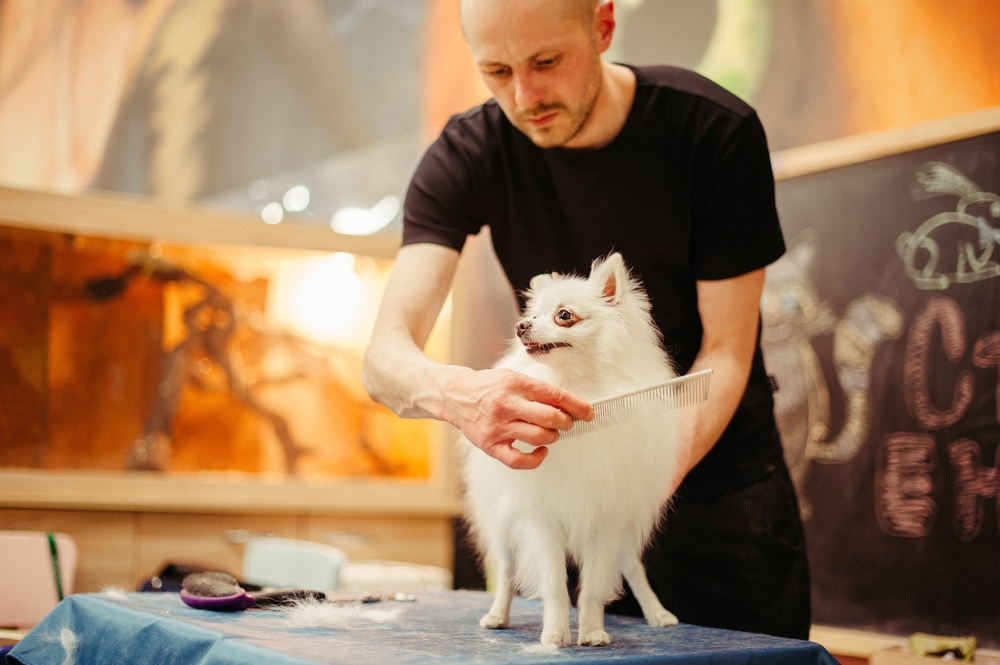
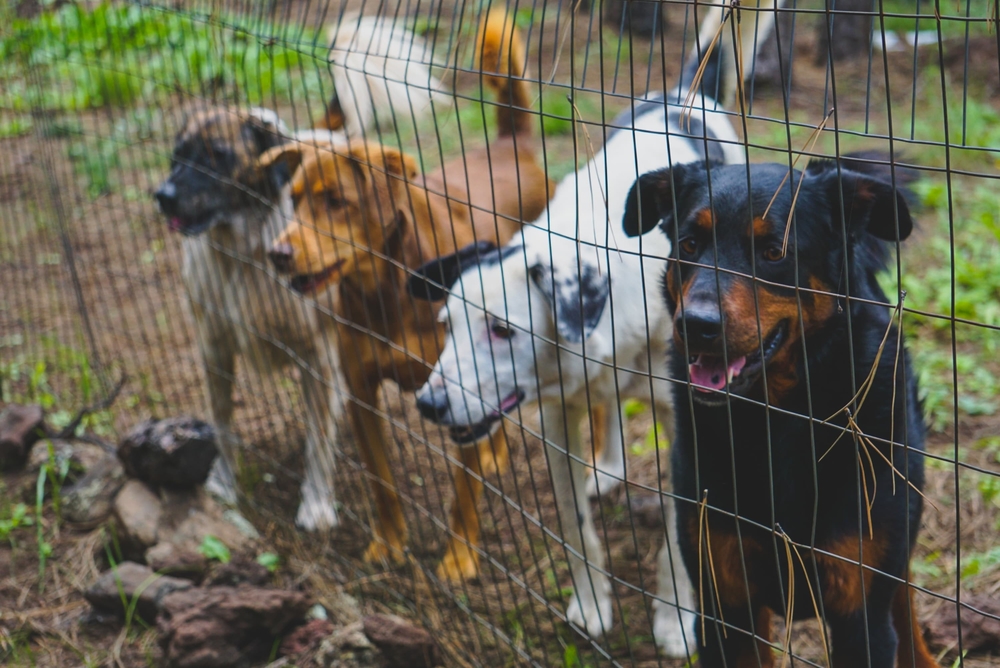
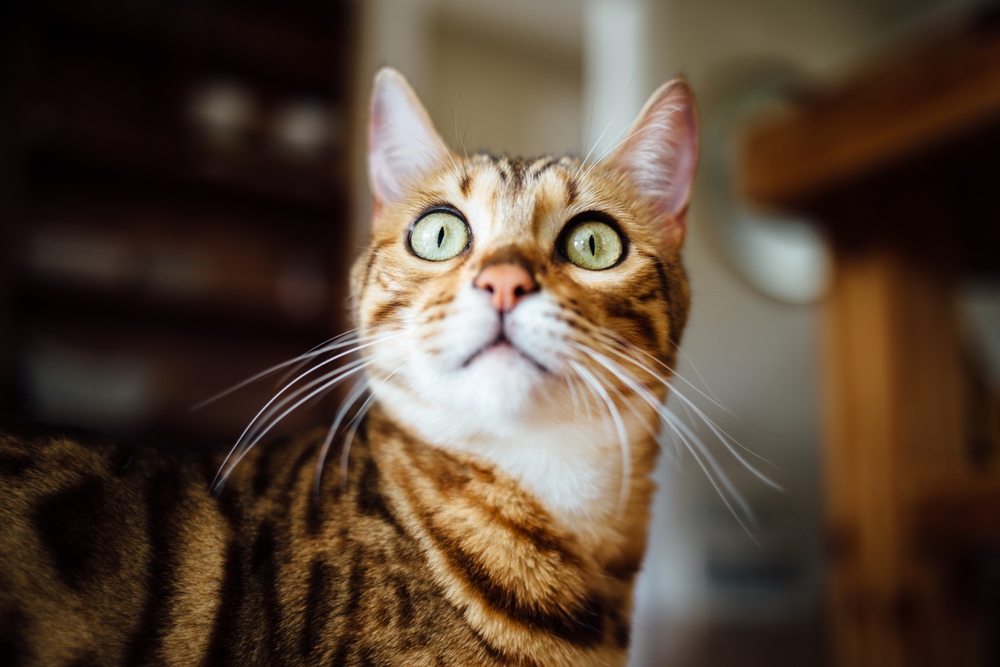


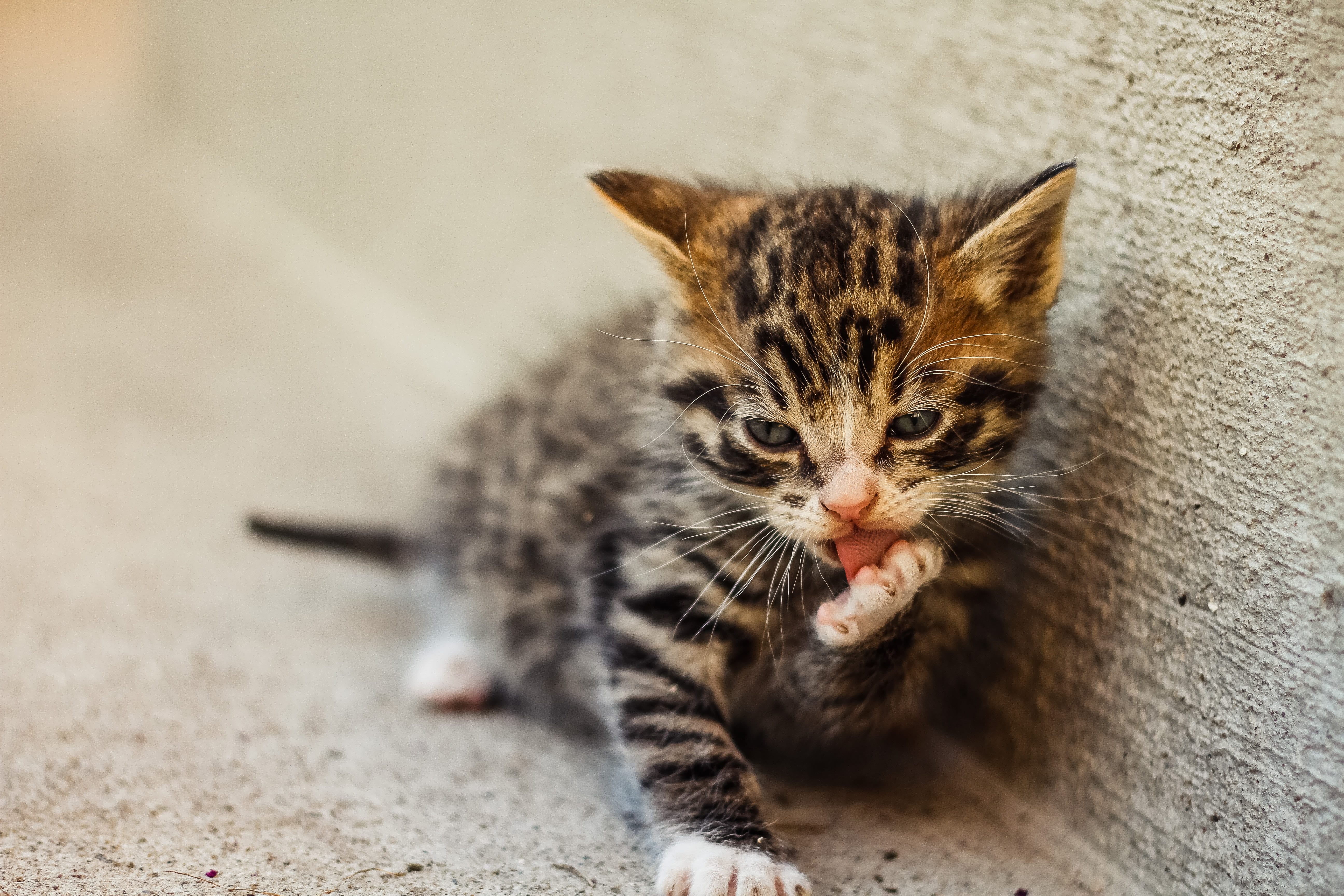
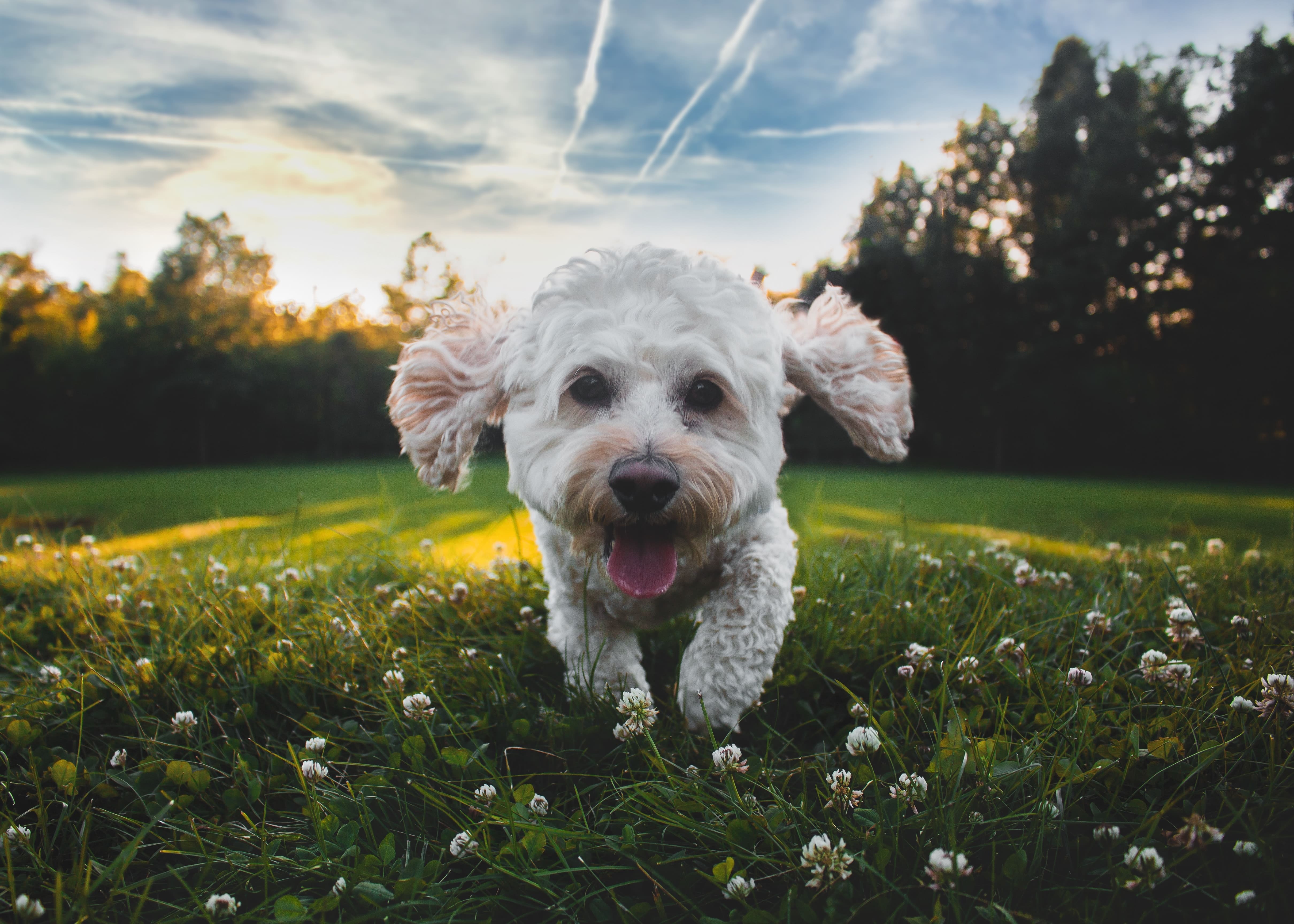
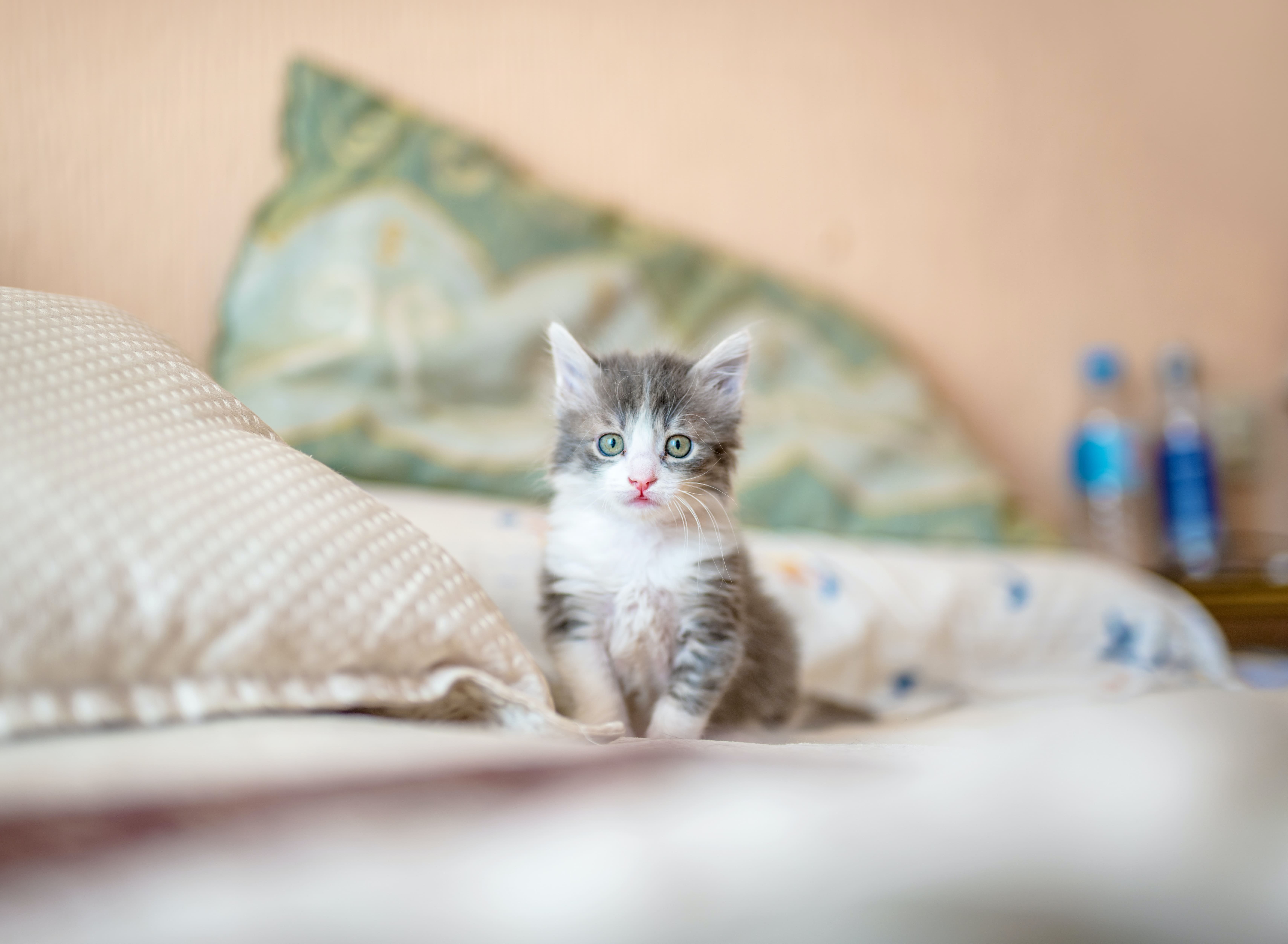
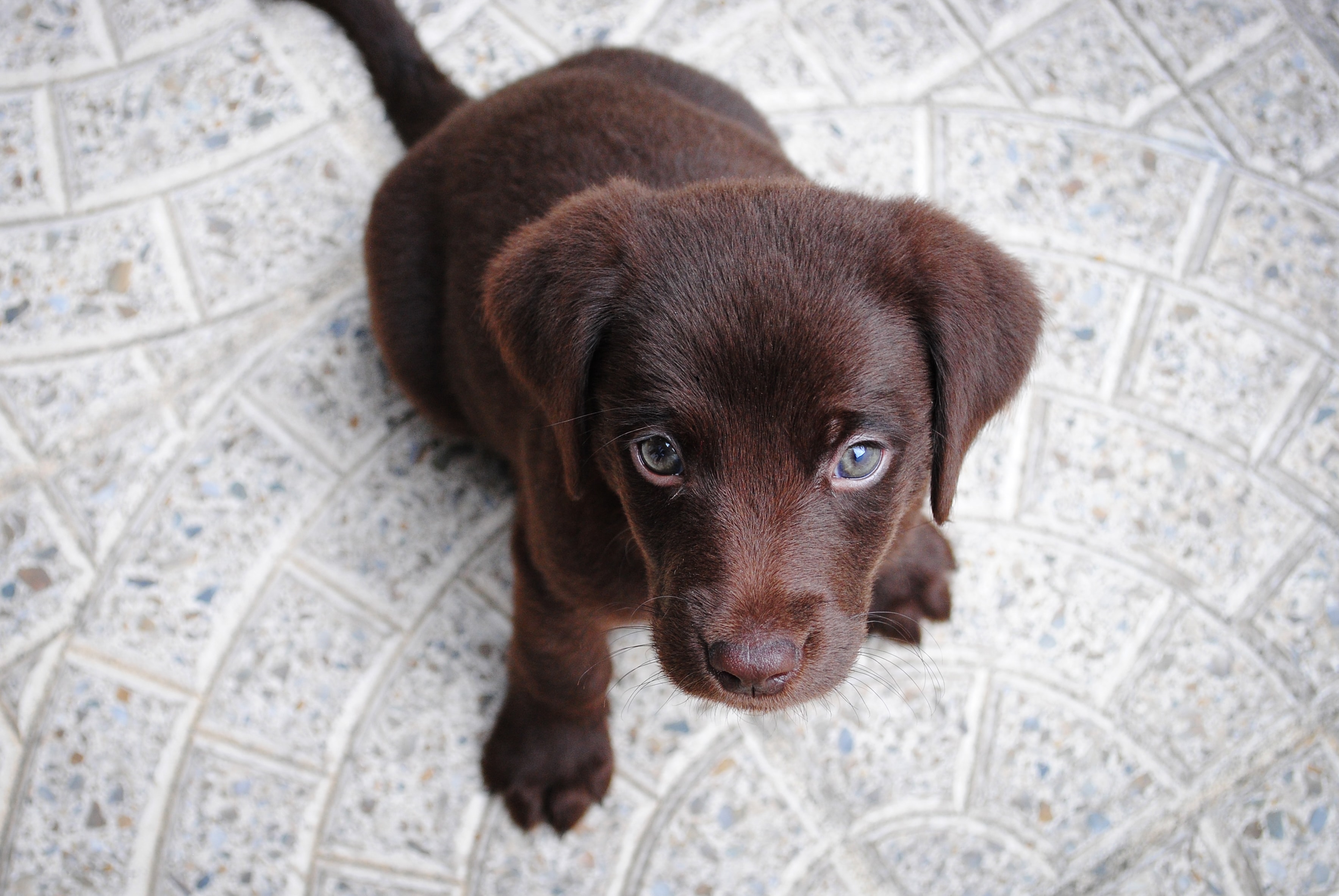
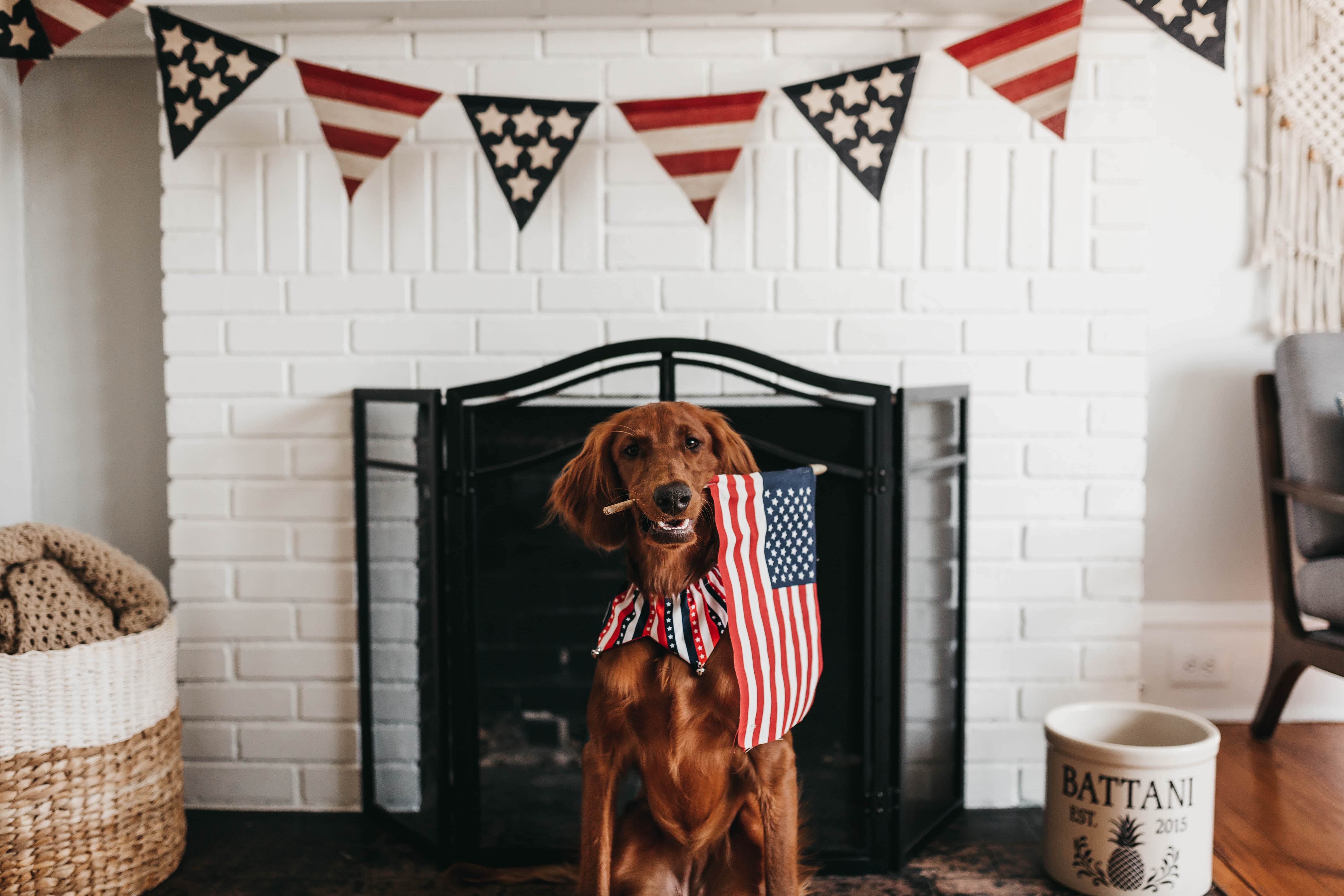
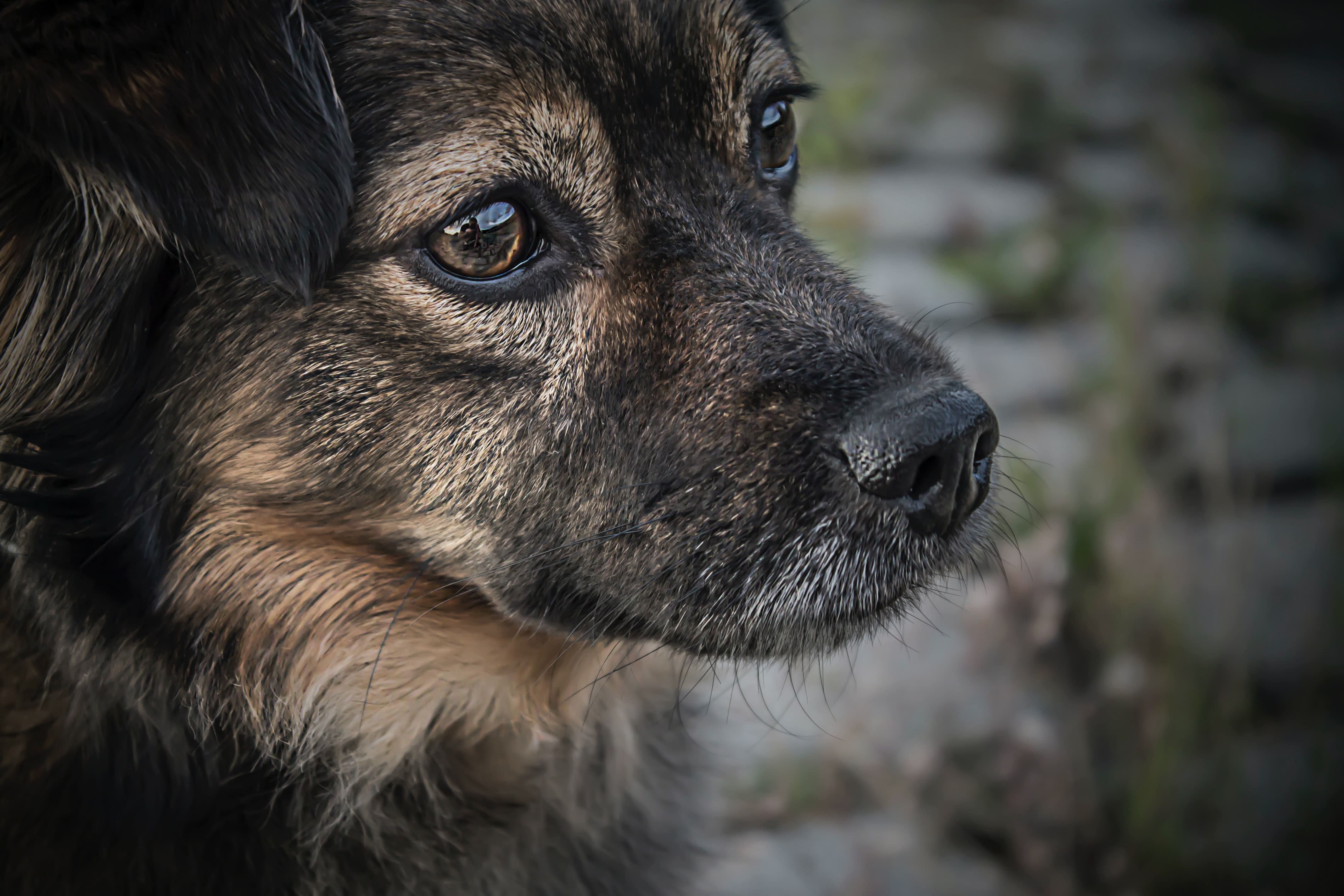
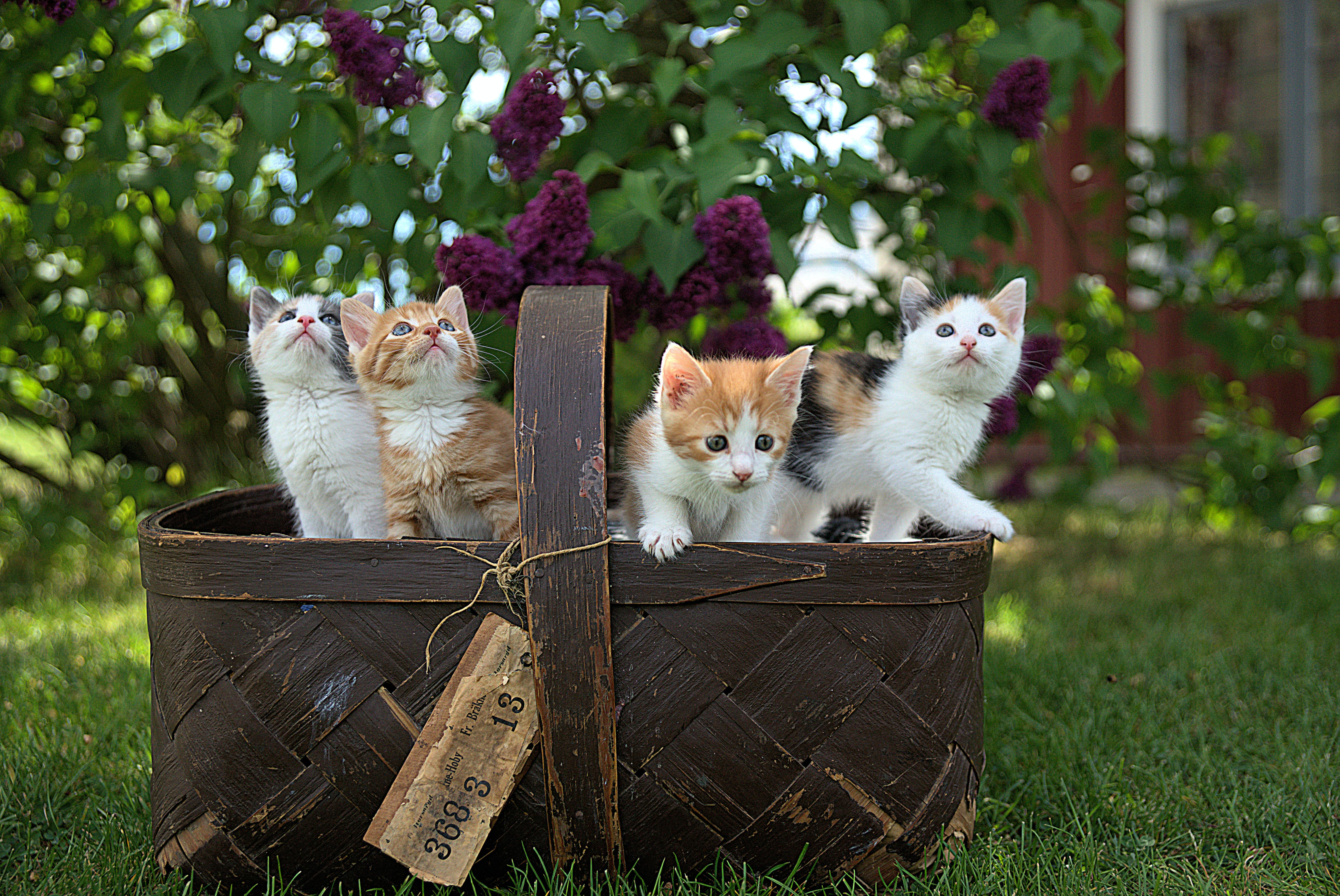
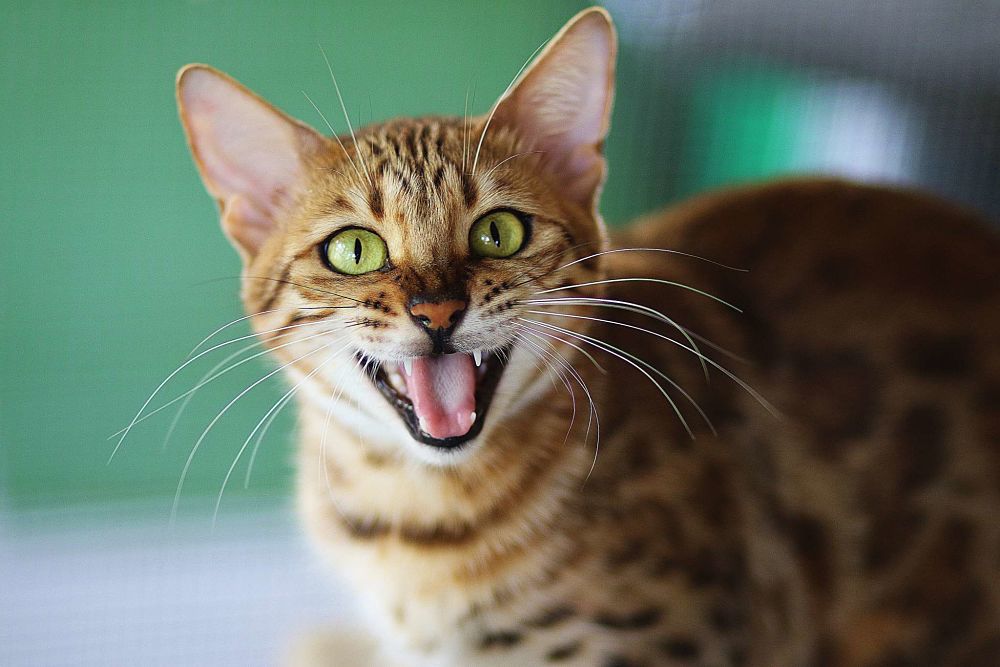
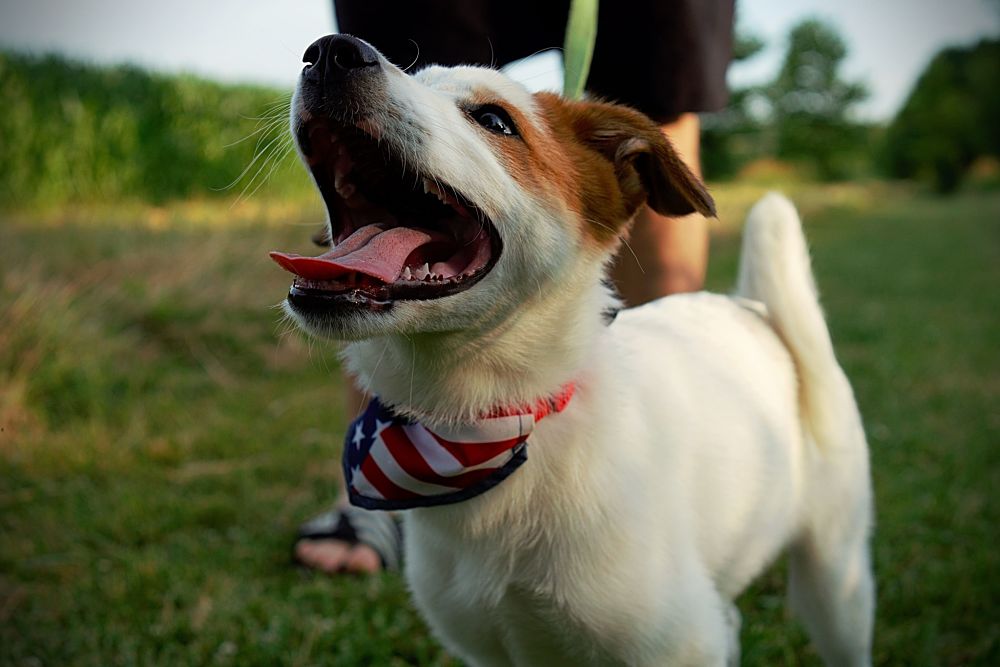
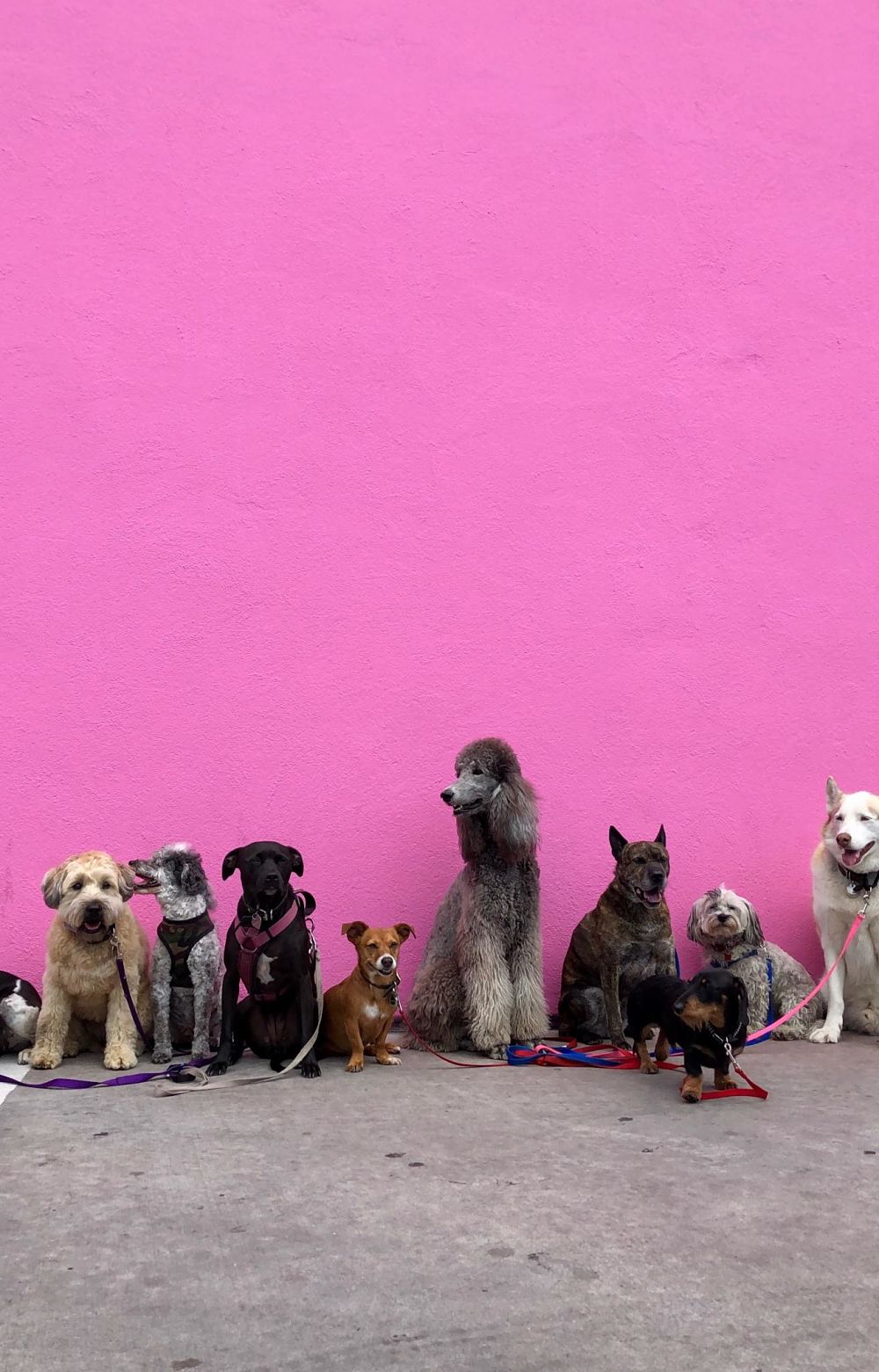
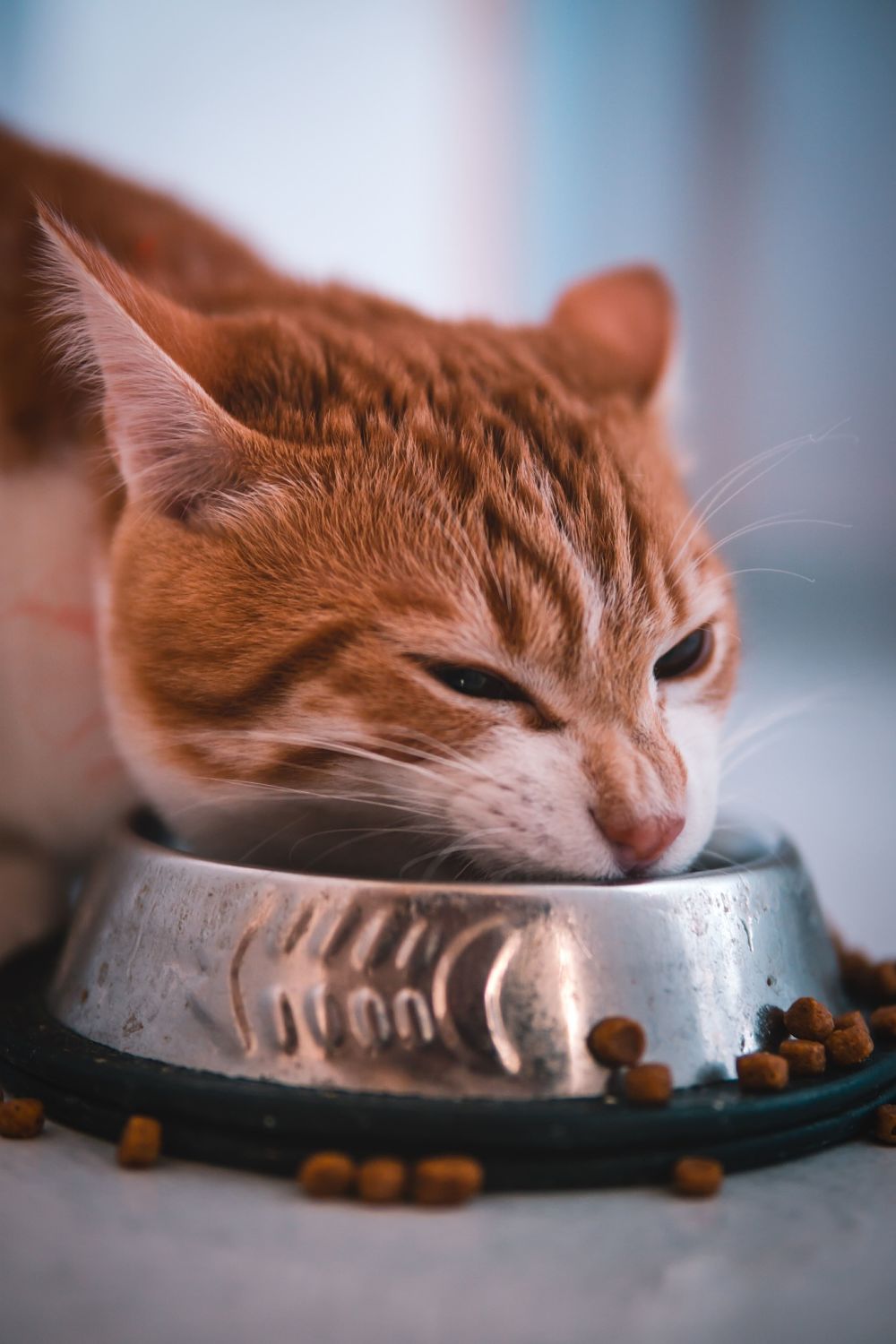

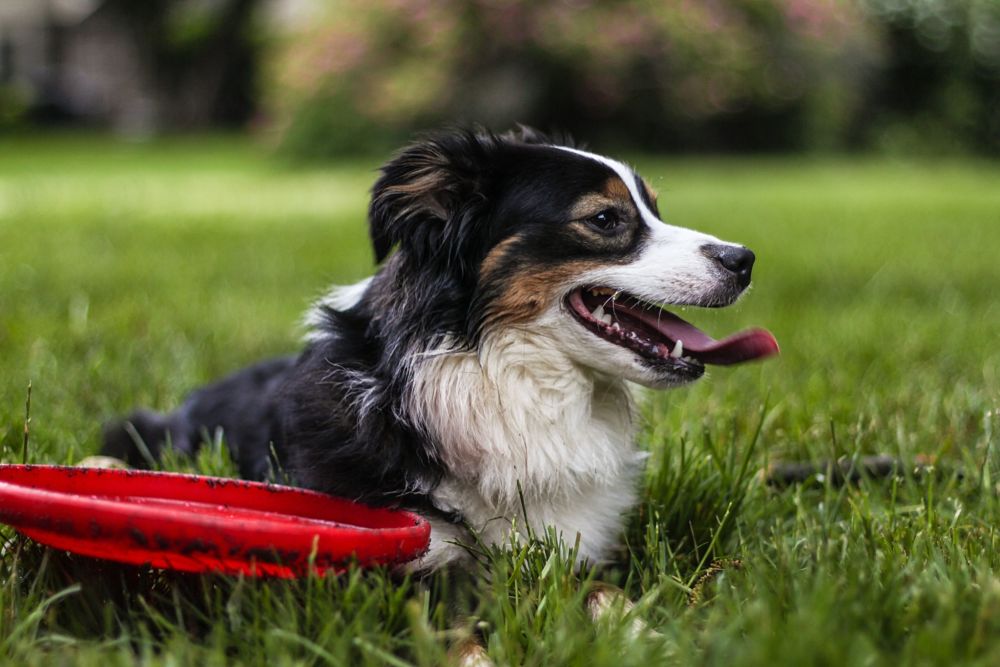
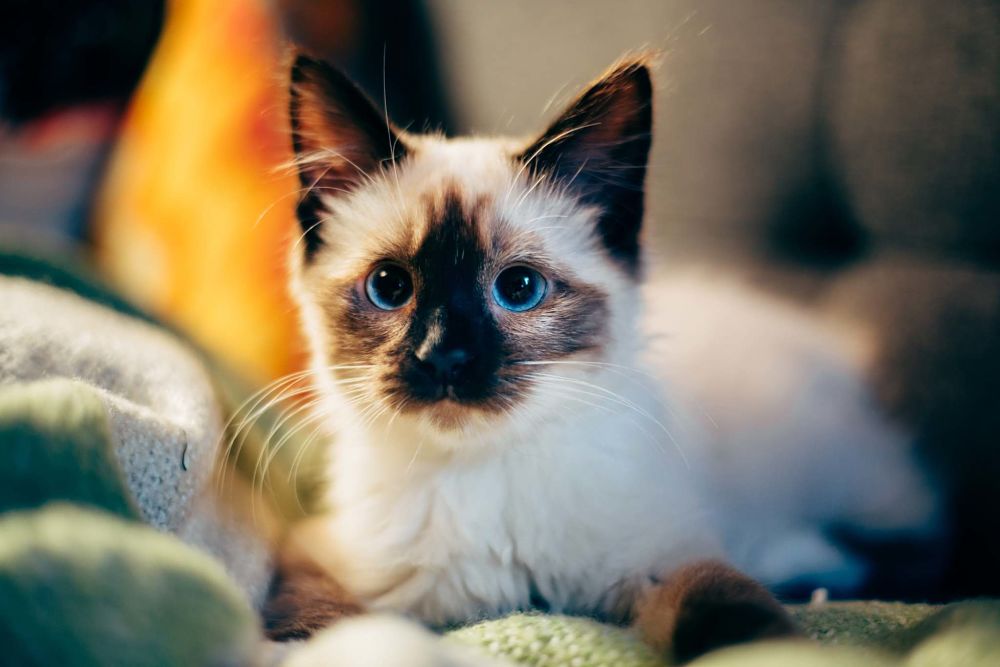
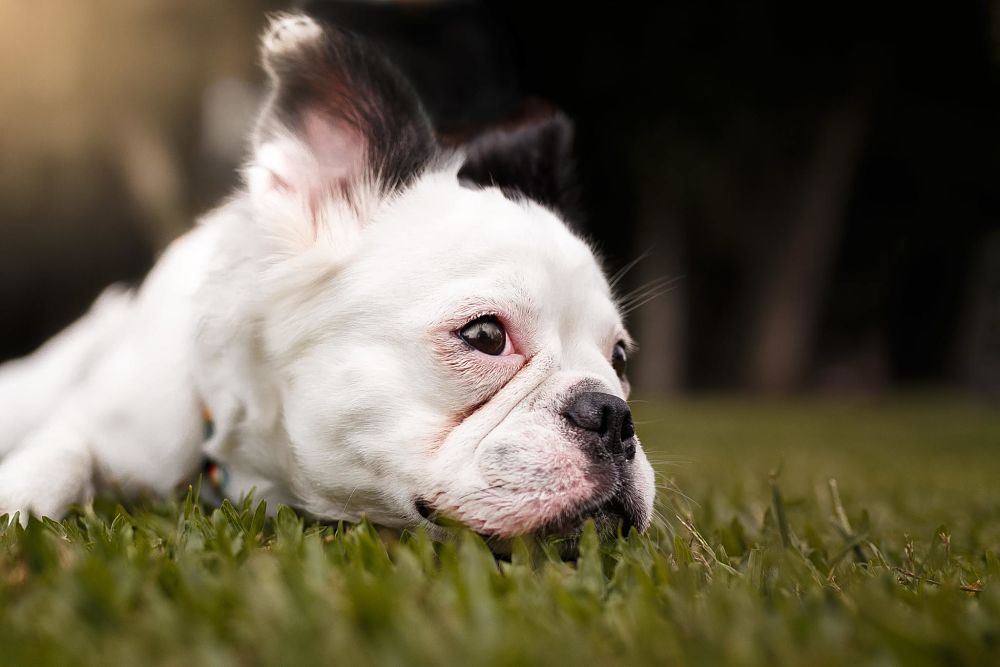
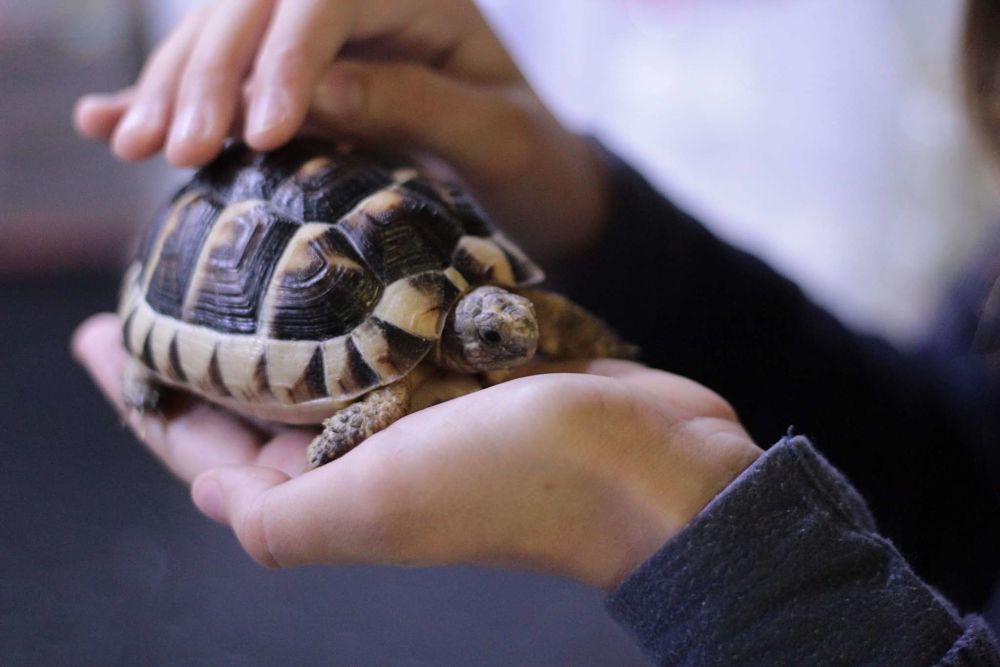
.jpg)
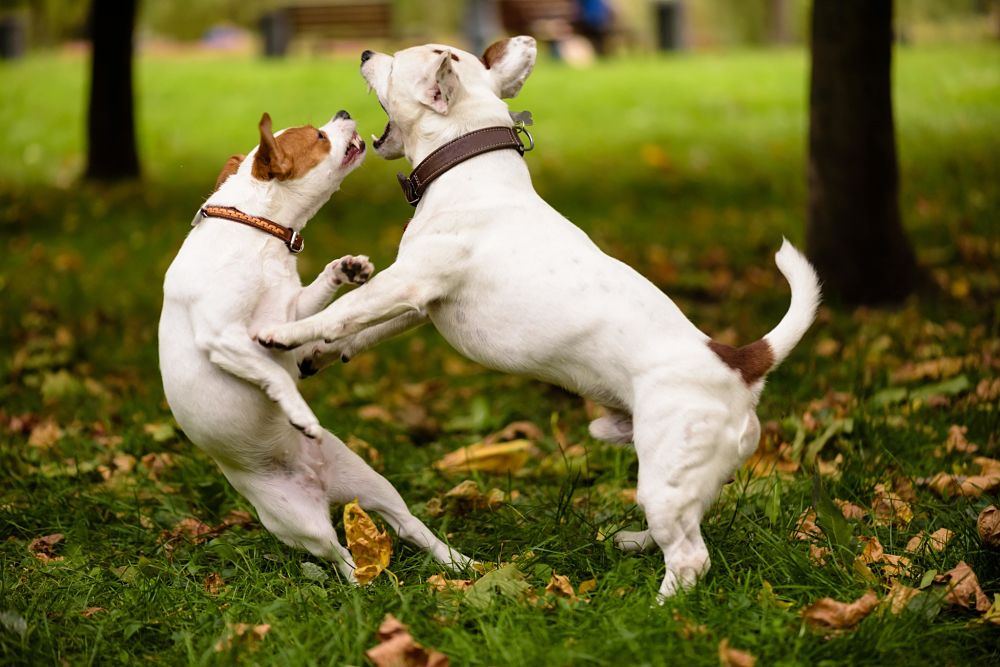
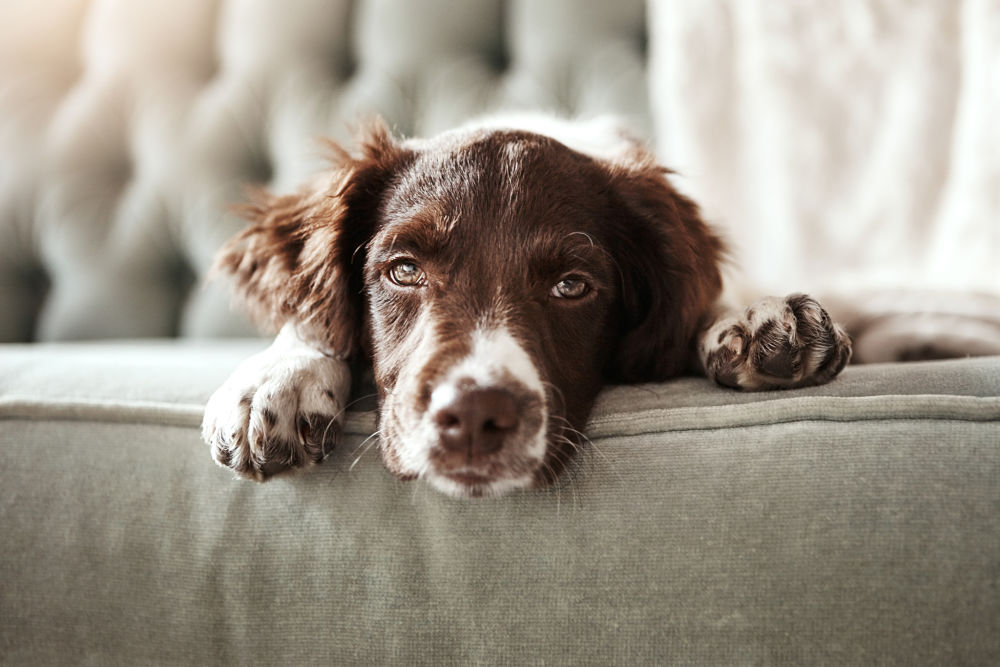
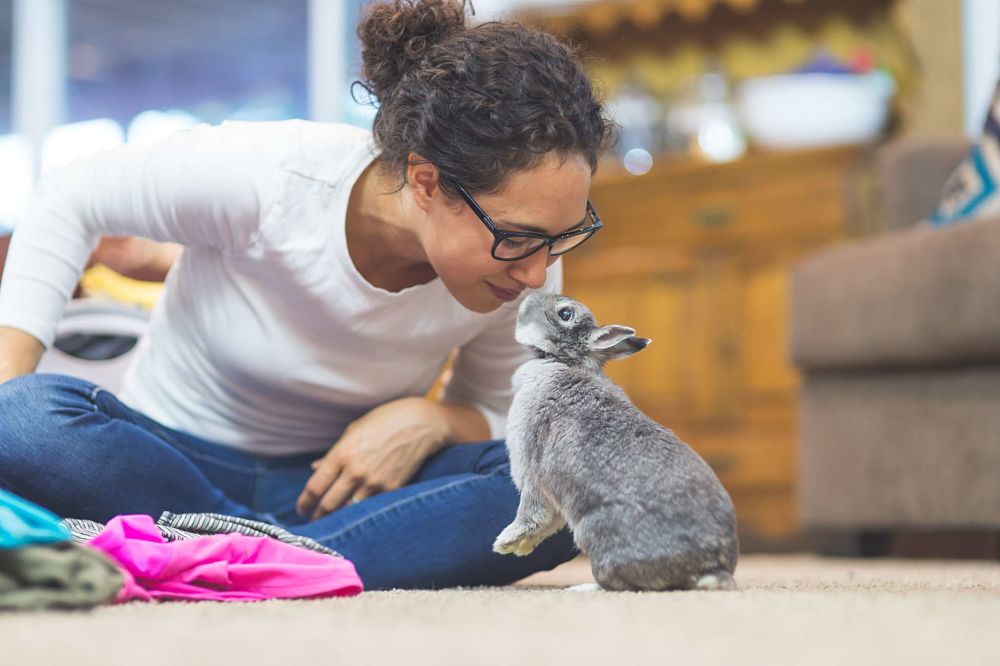
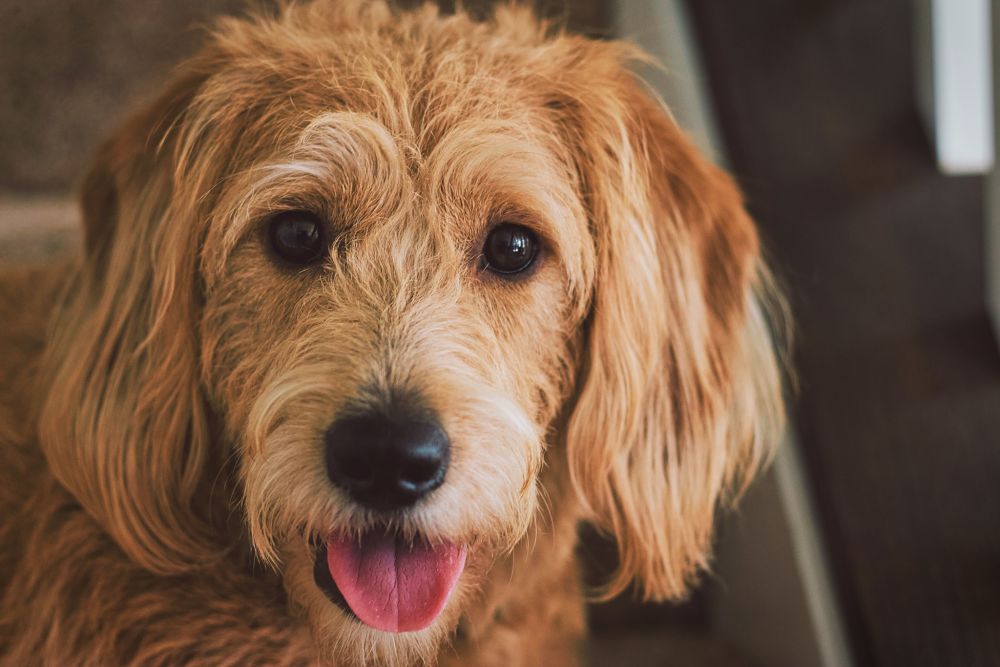
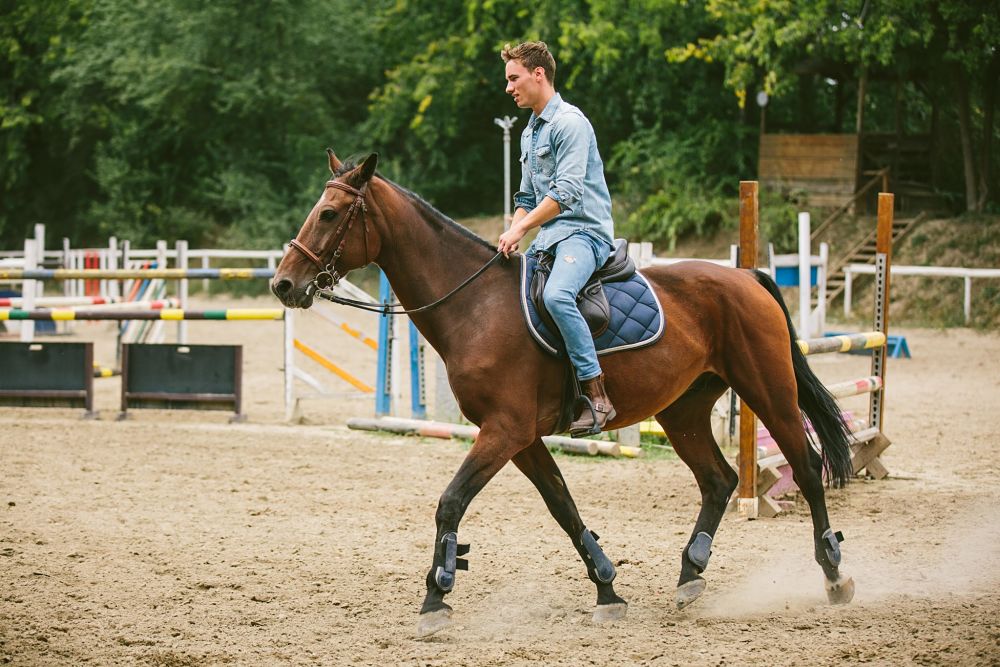
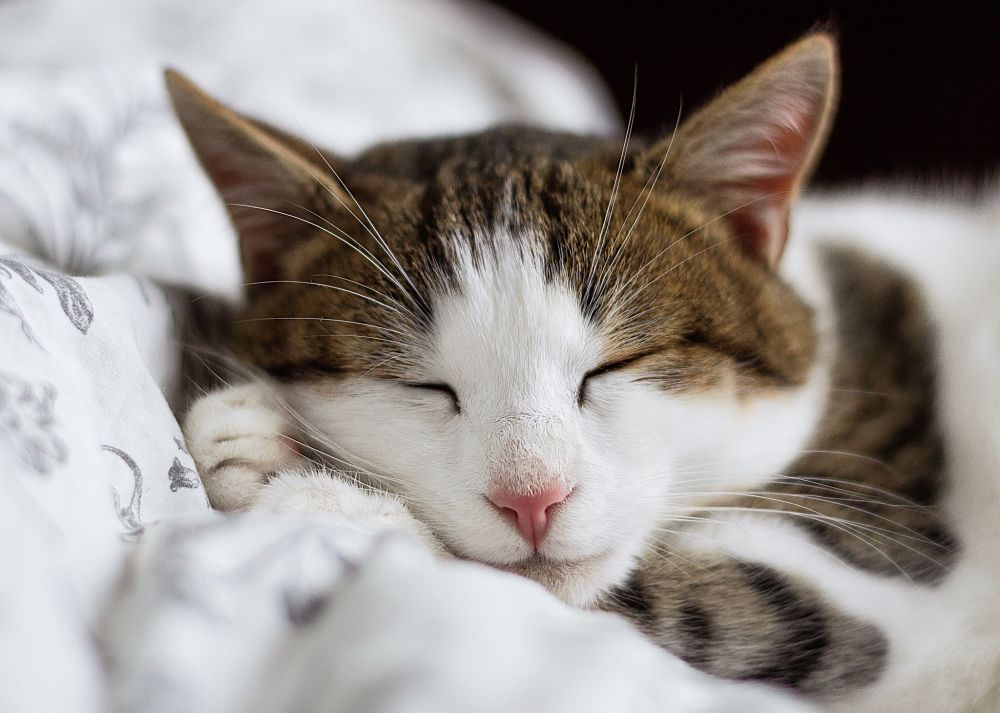
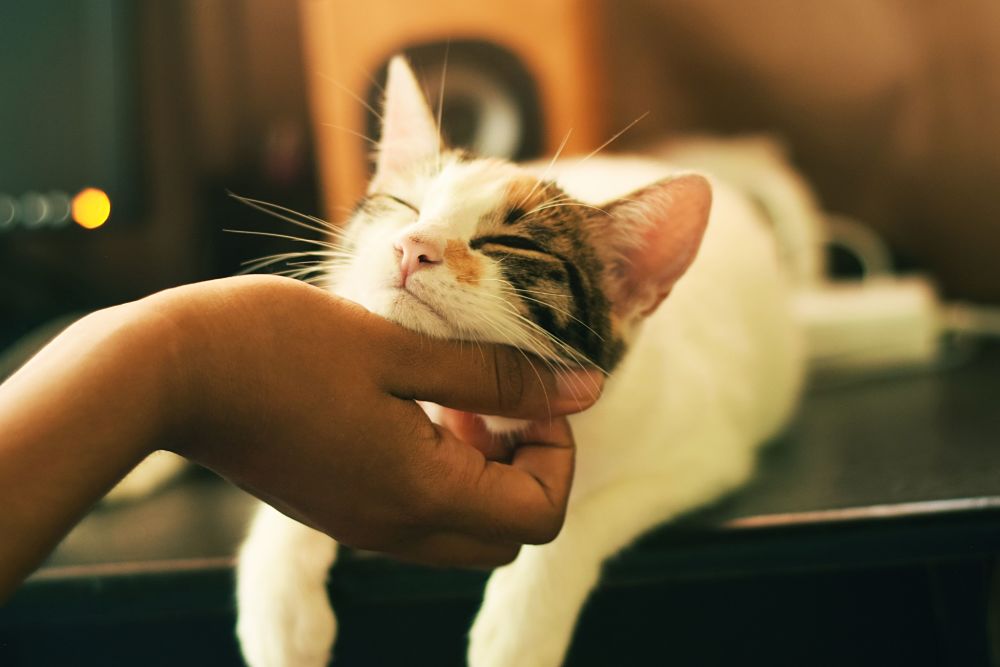
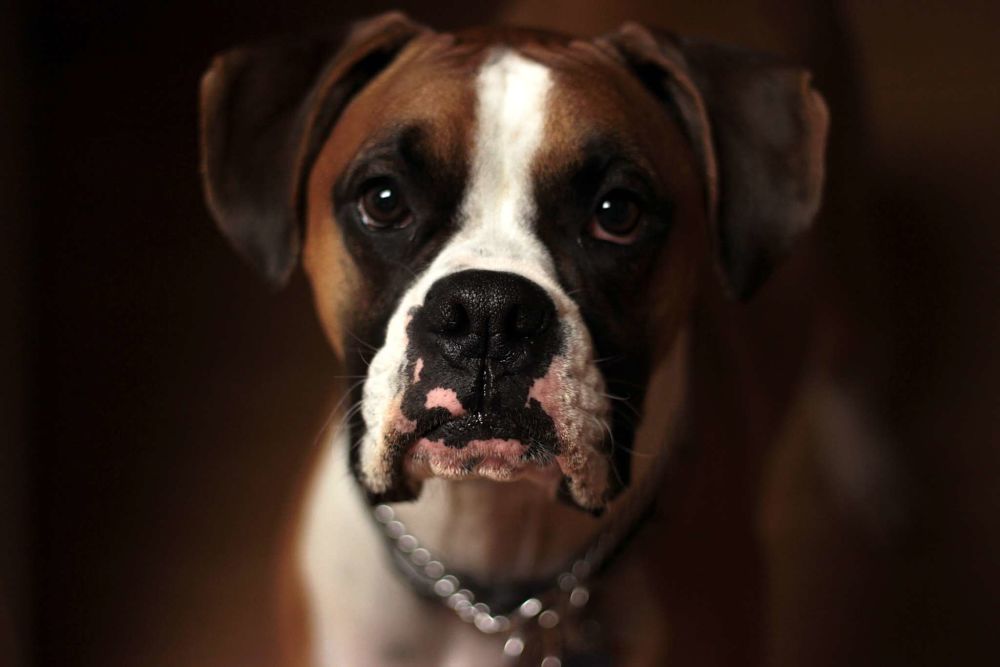



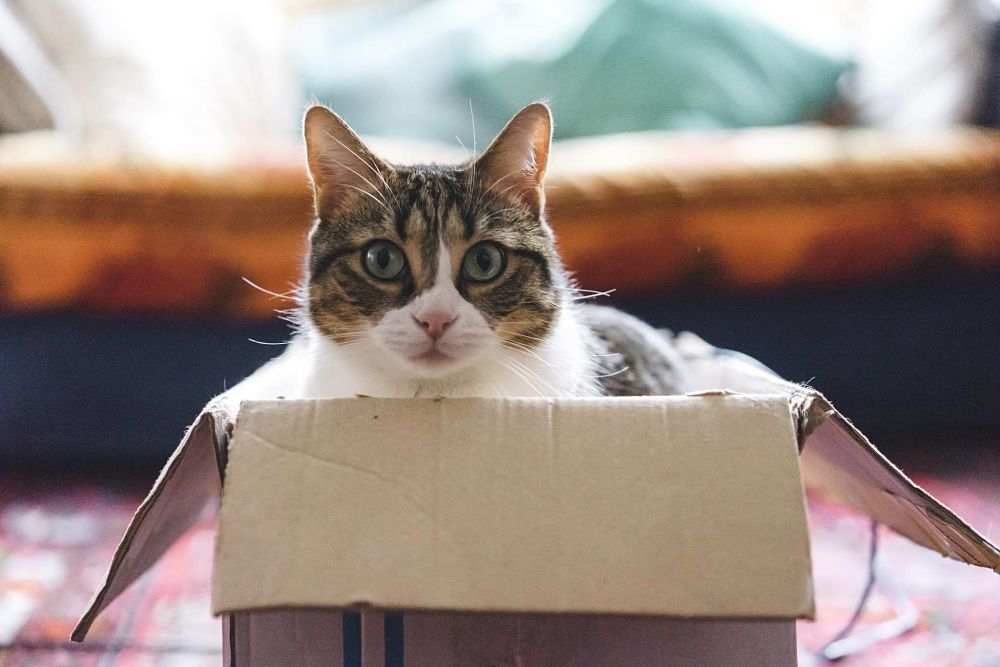
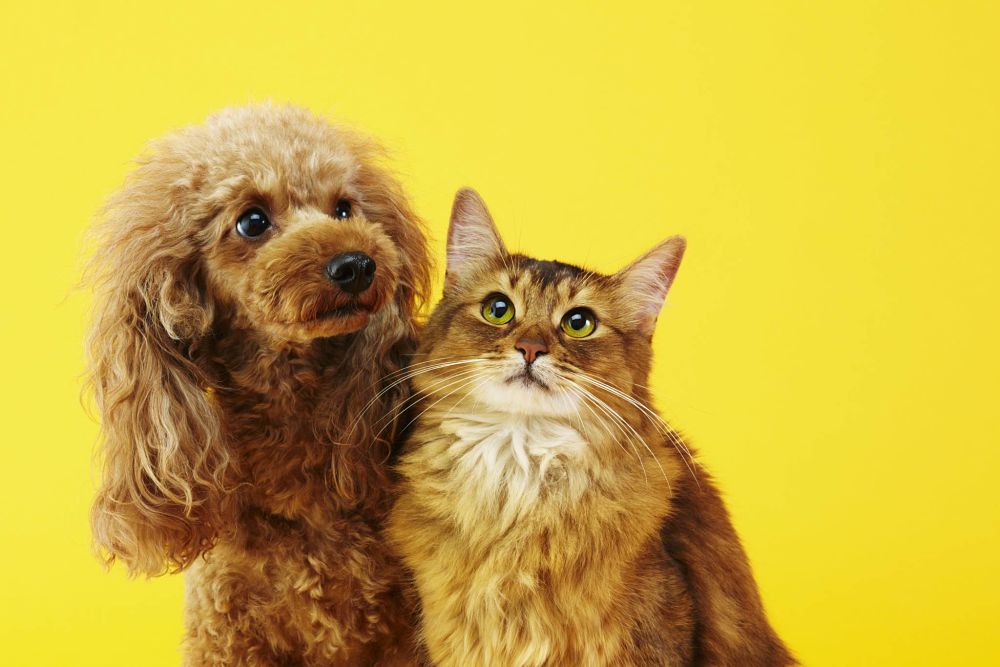
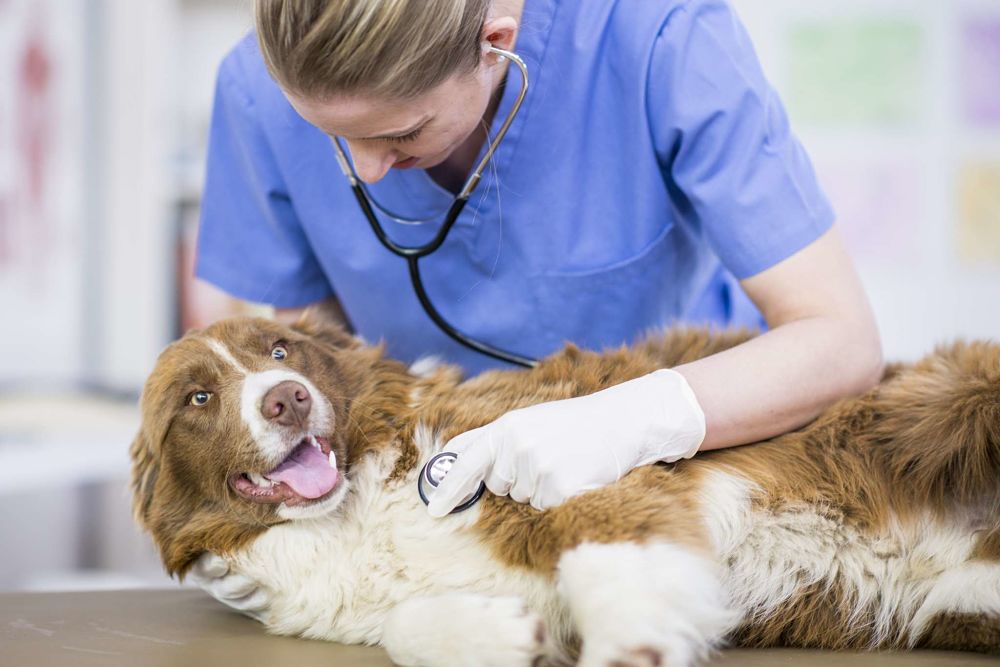
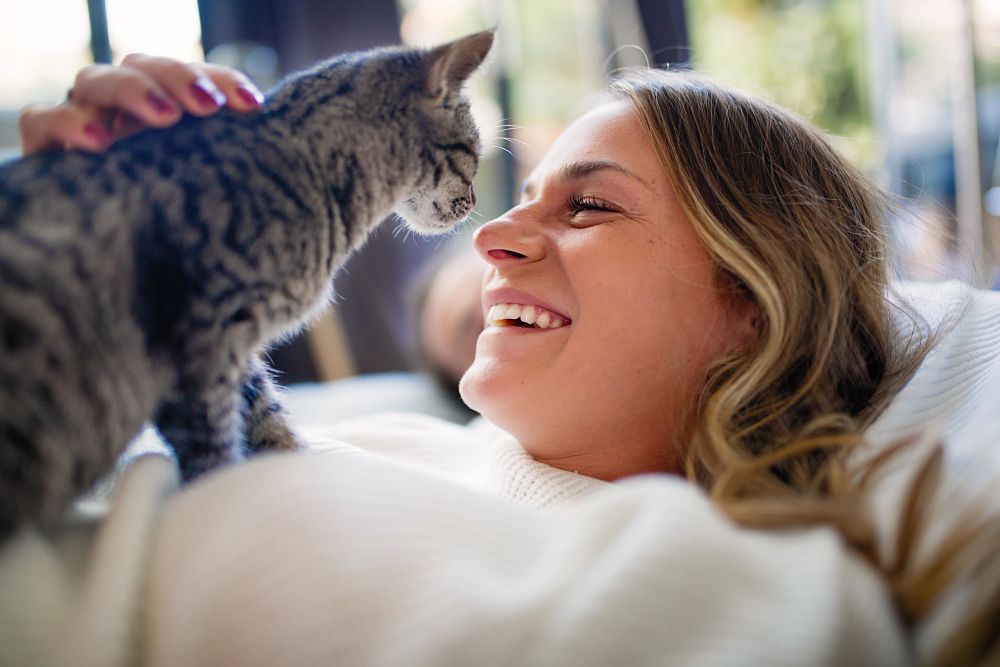




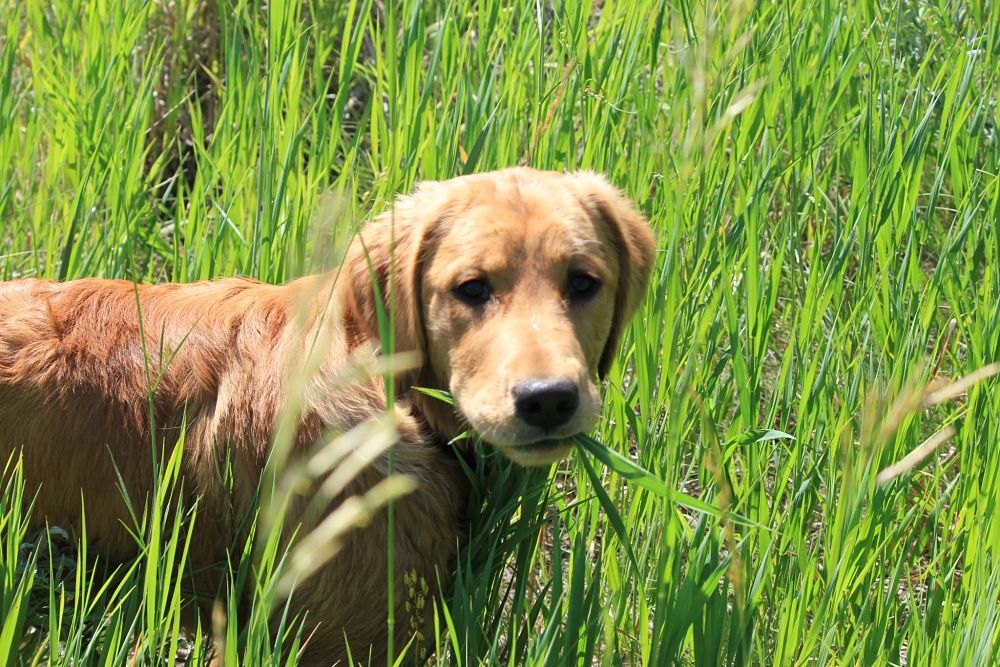
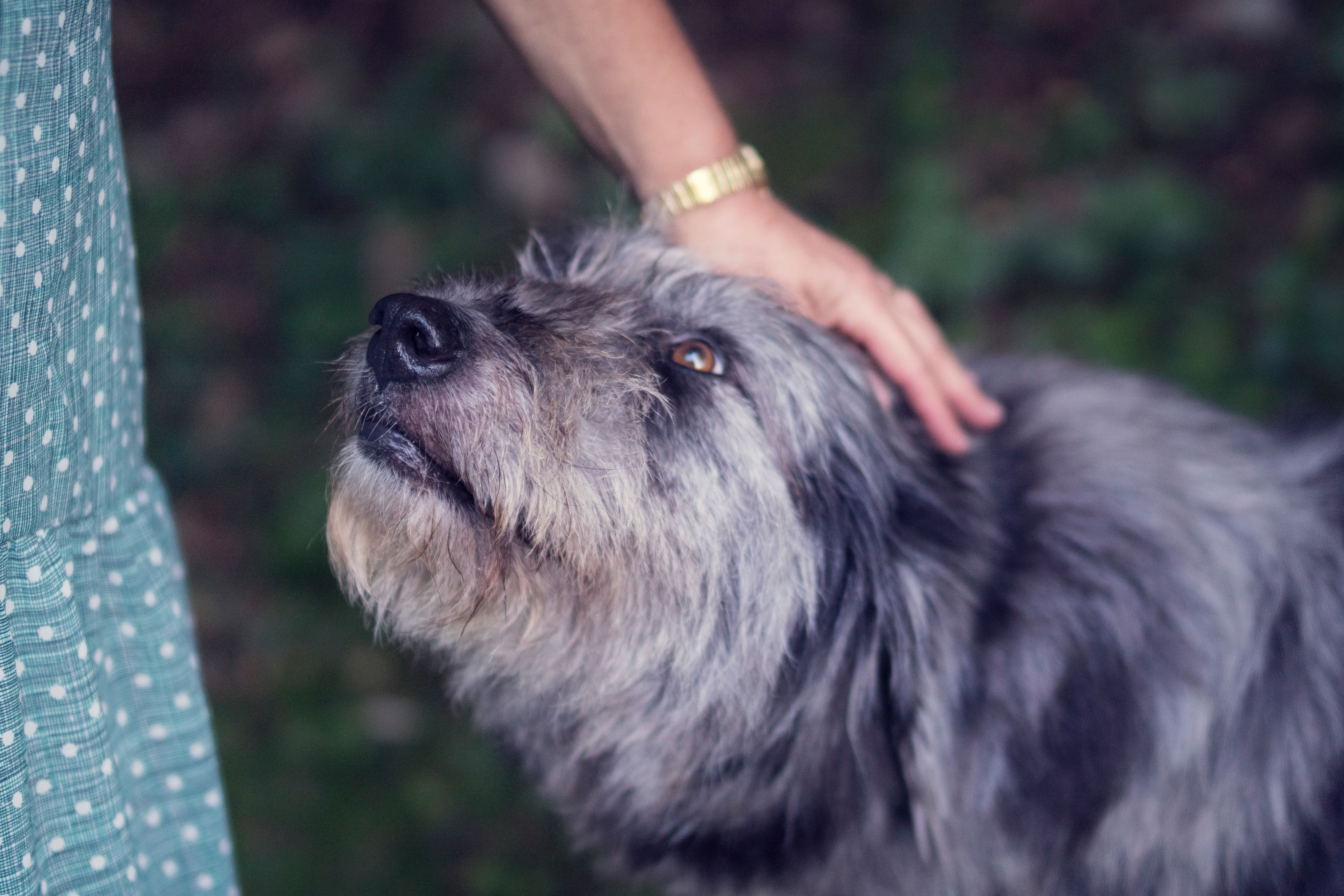
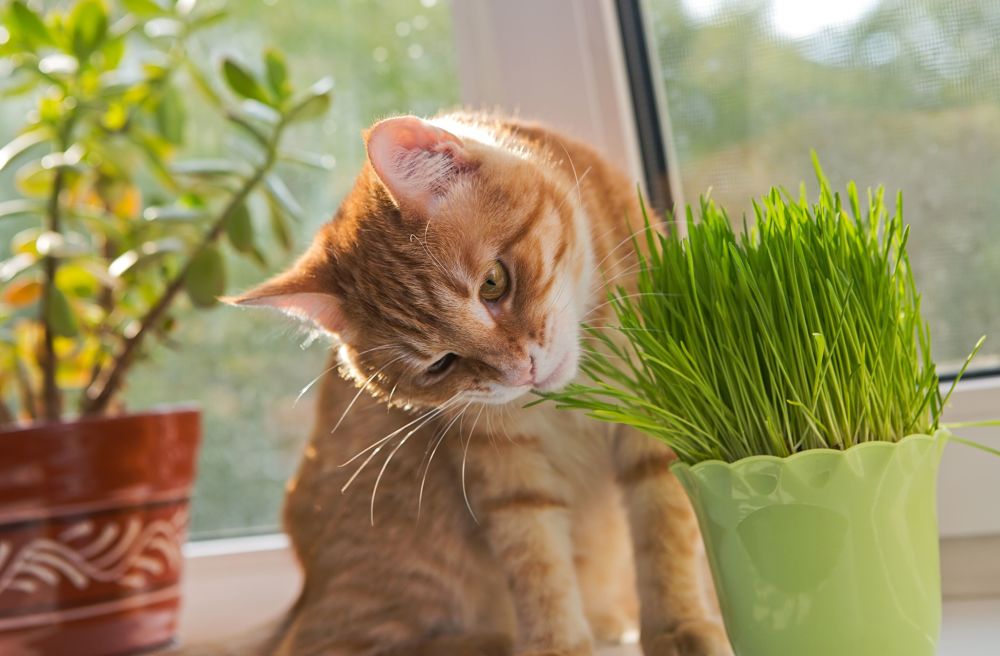
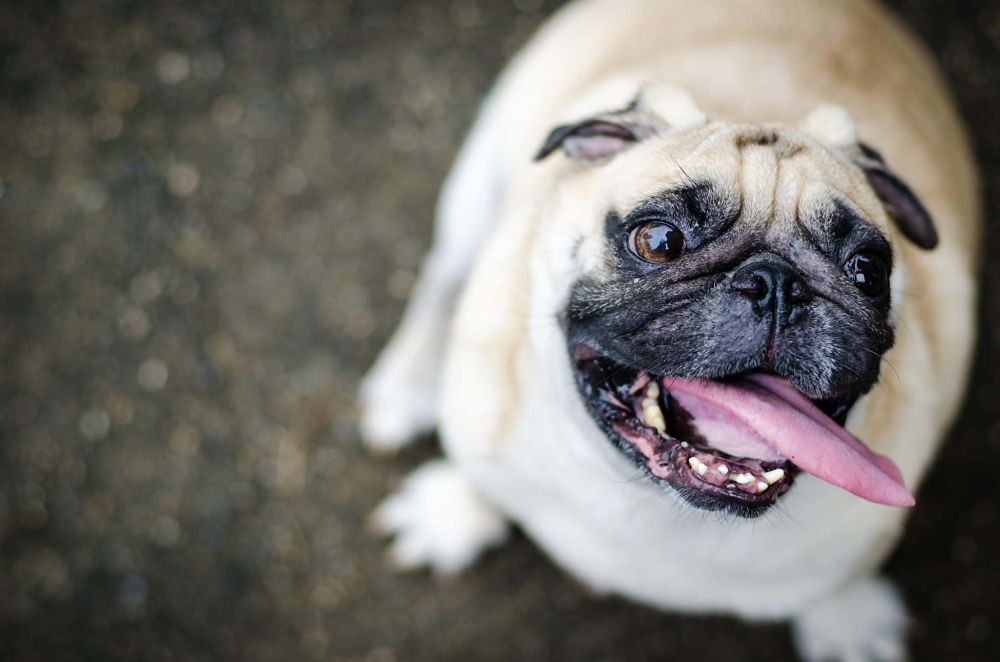
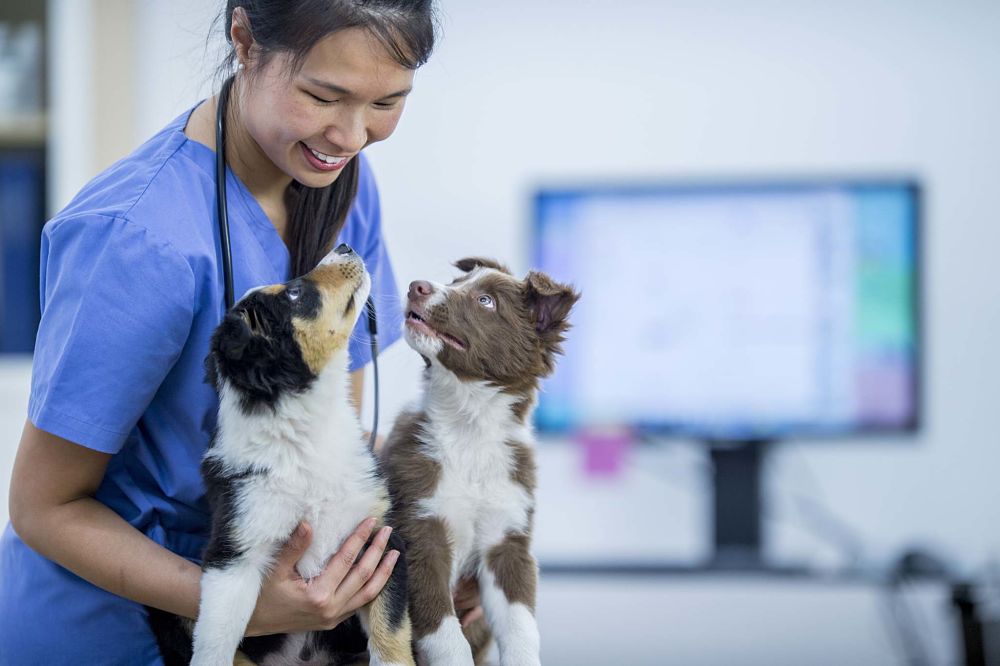

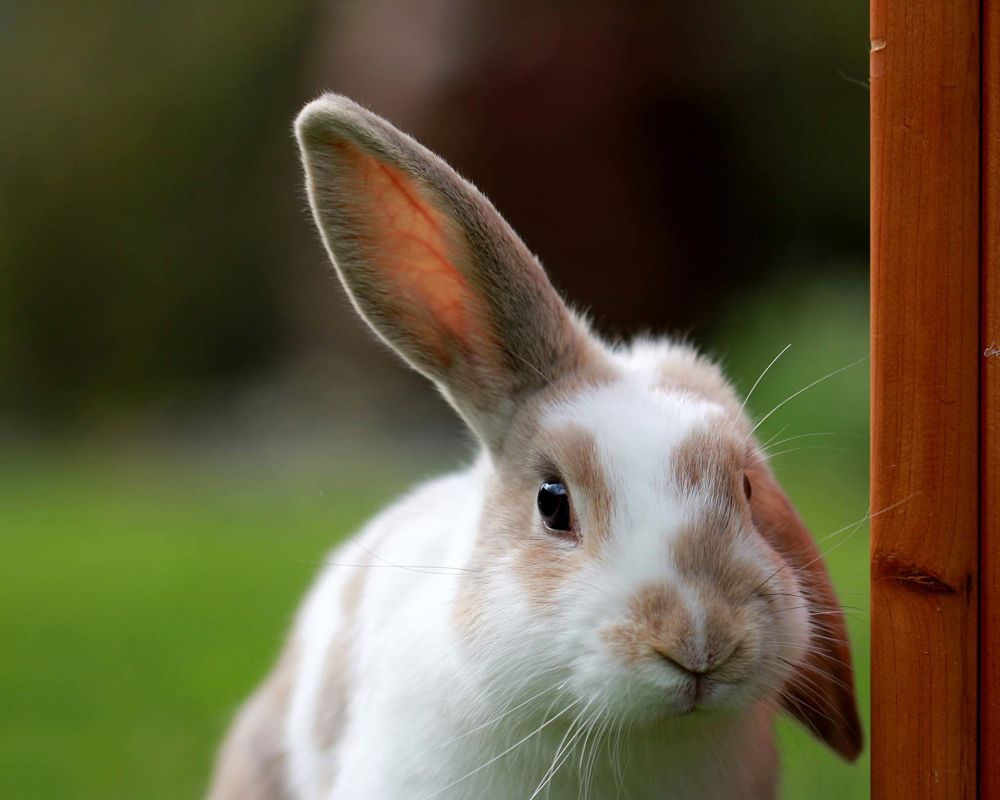


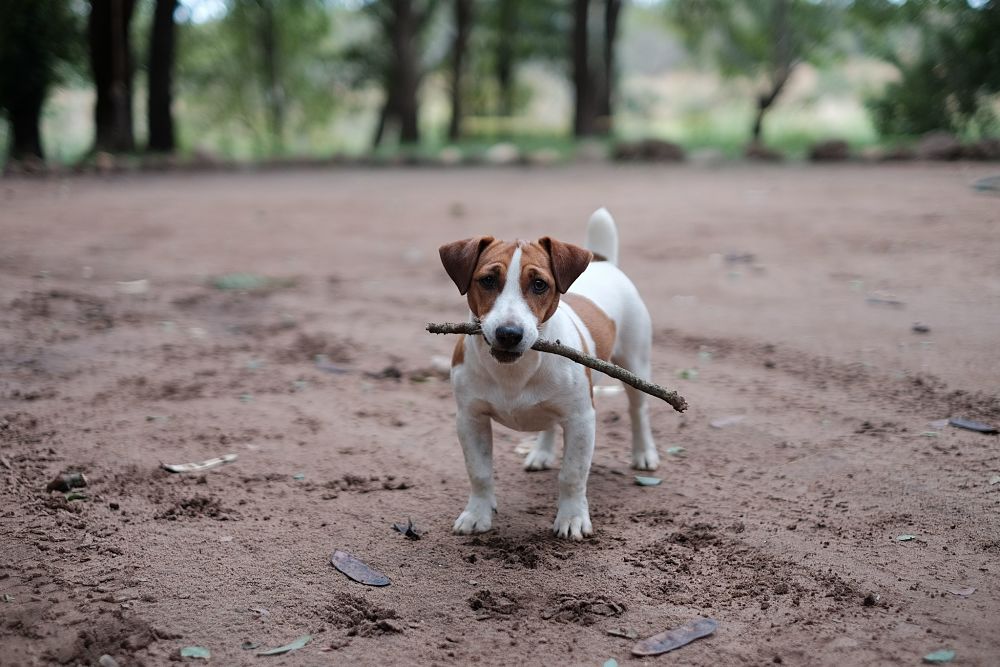
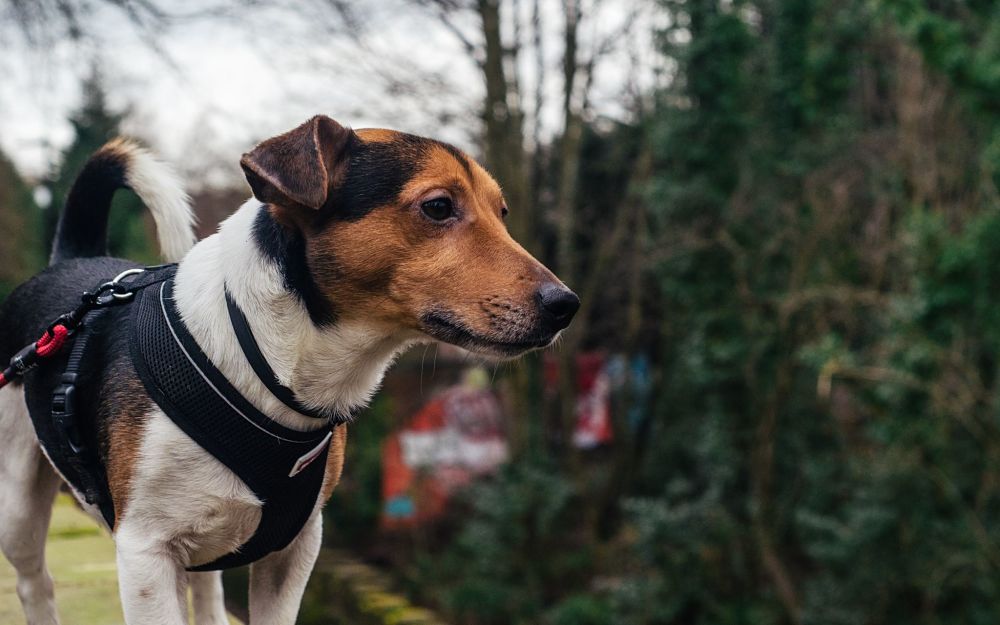

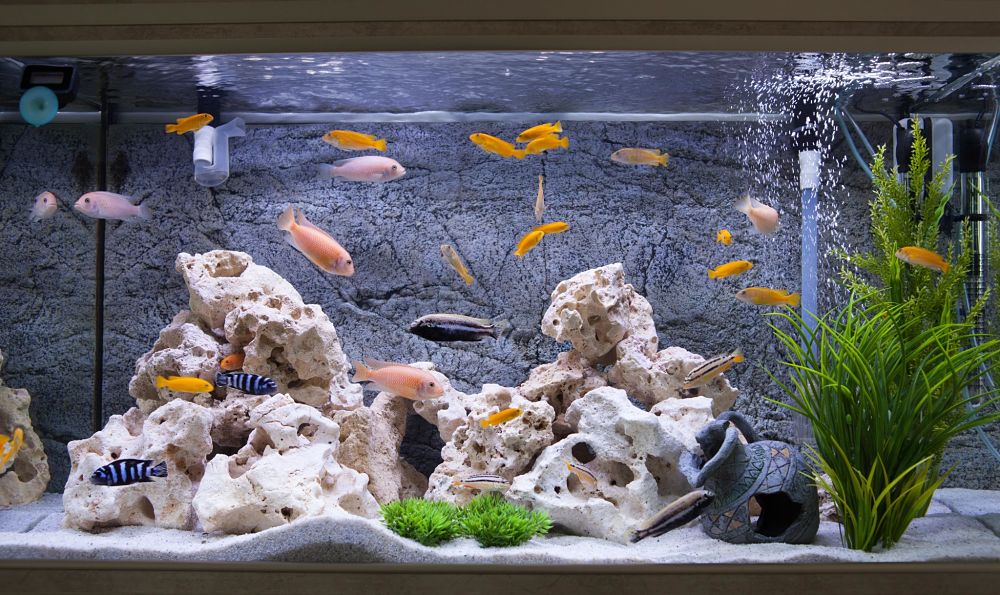
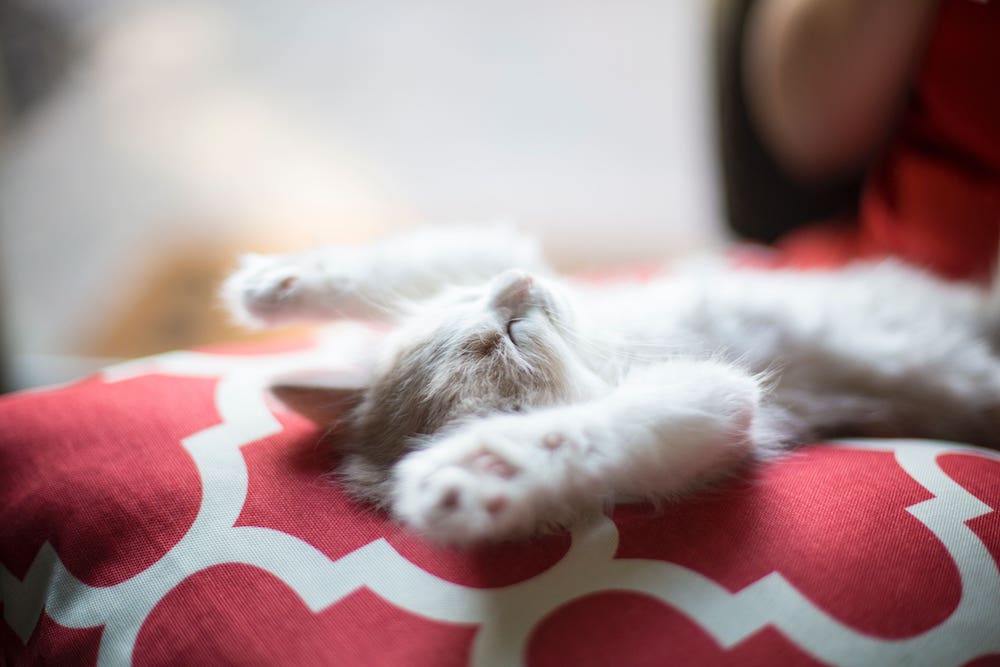
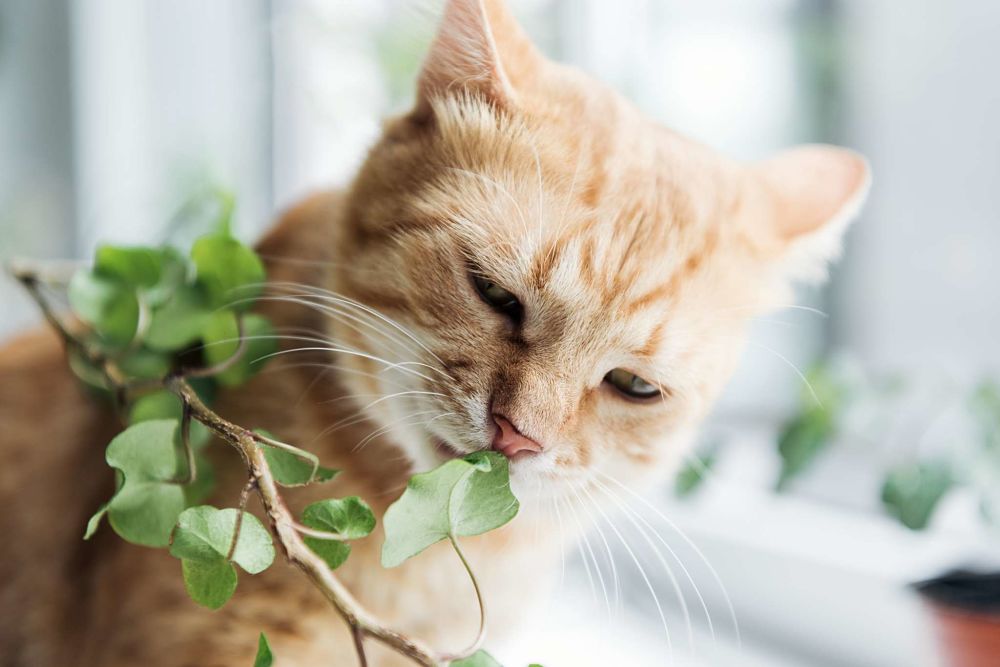
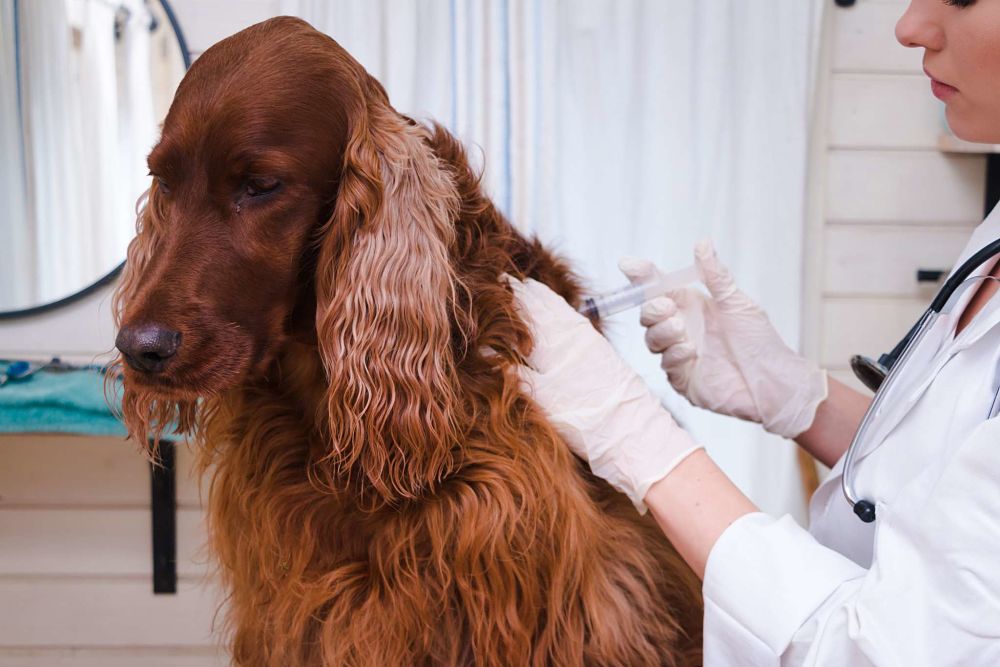
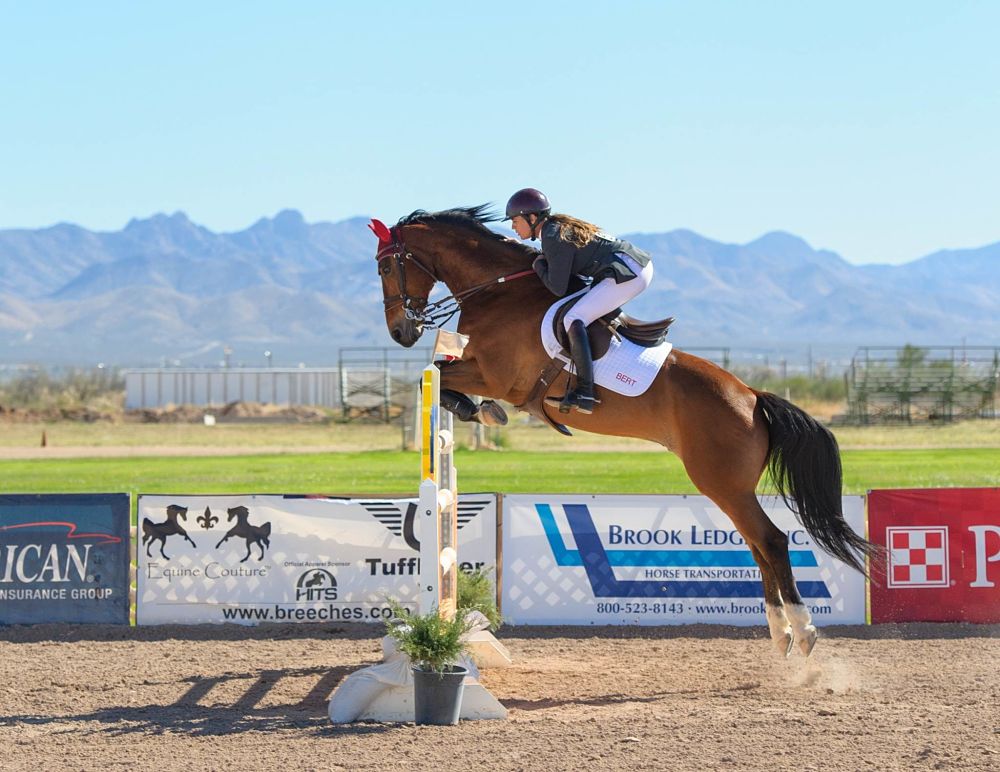

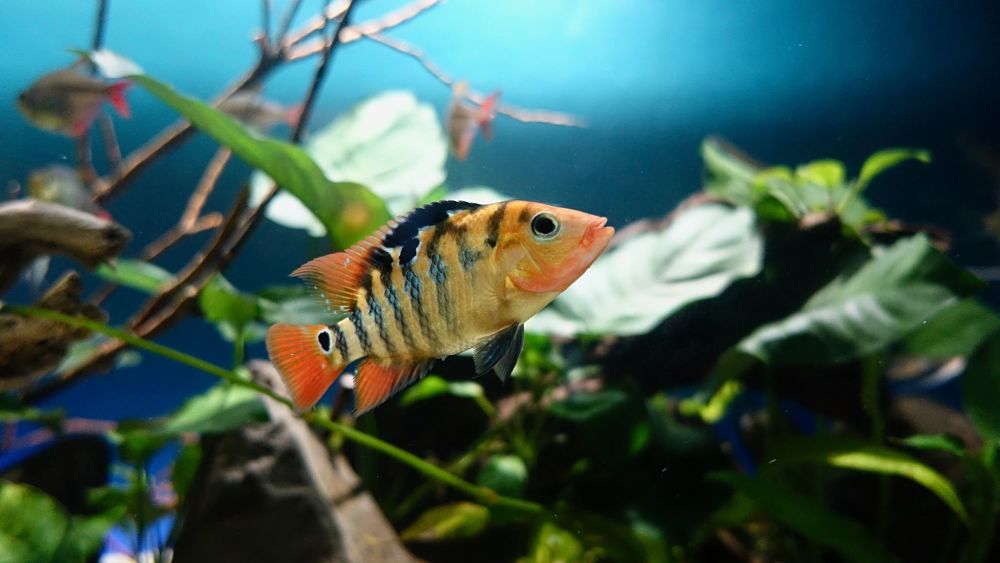
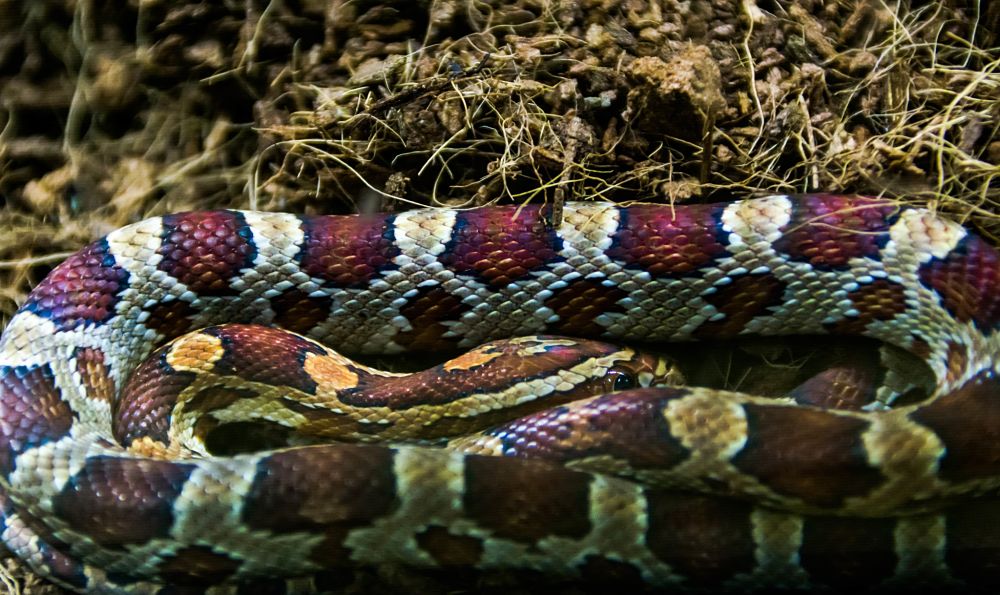
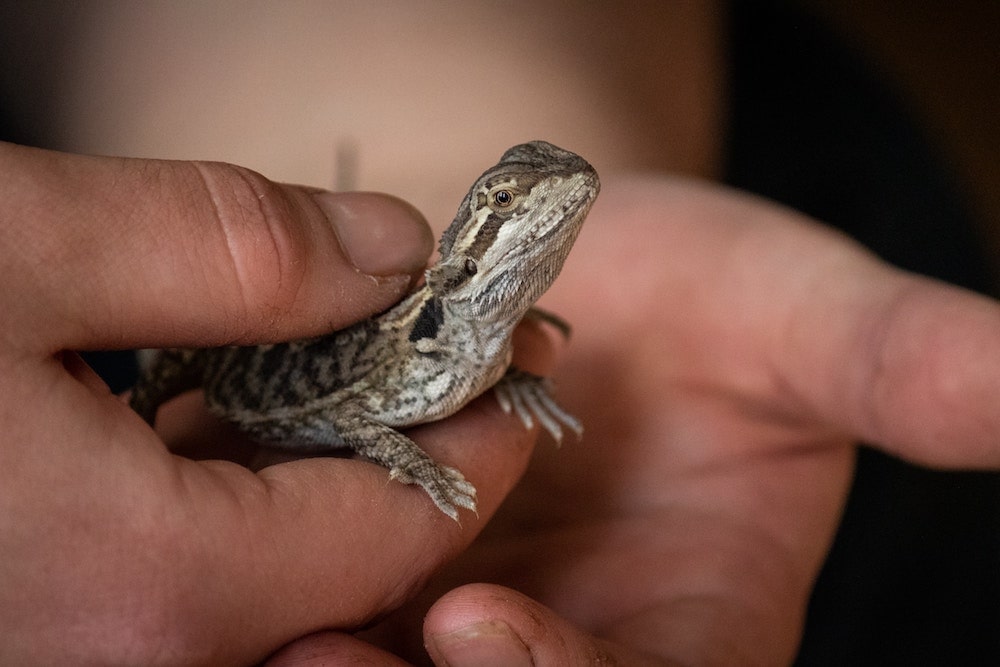

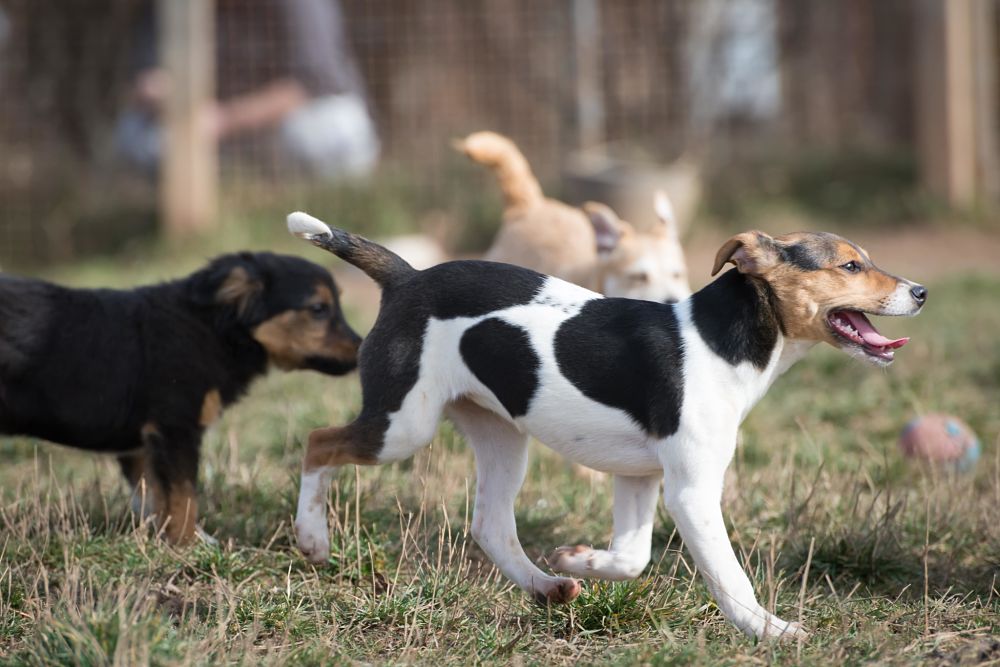
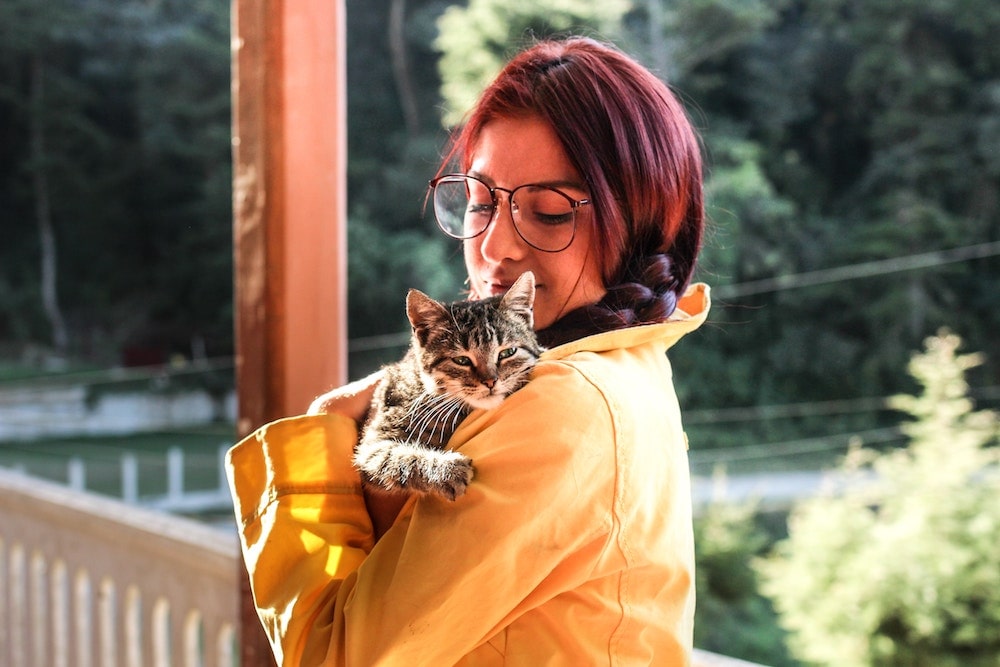
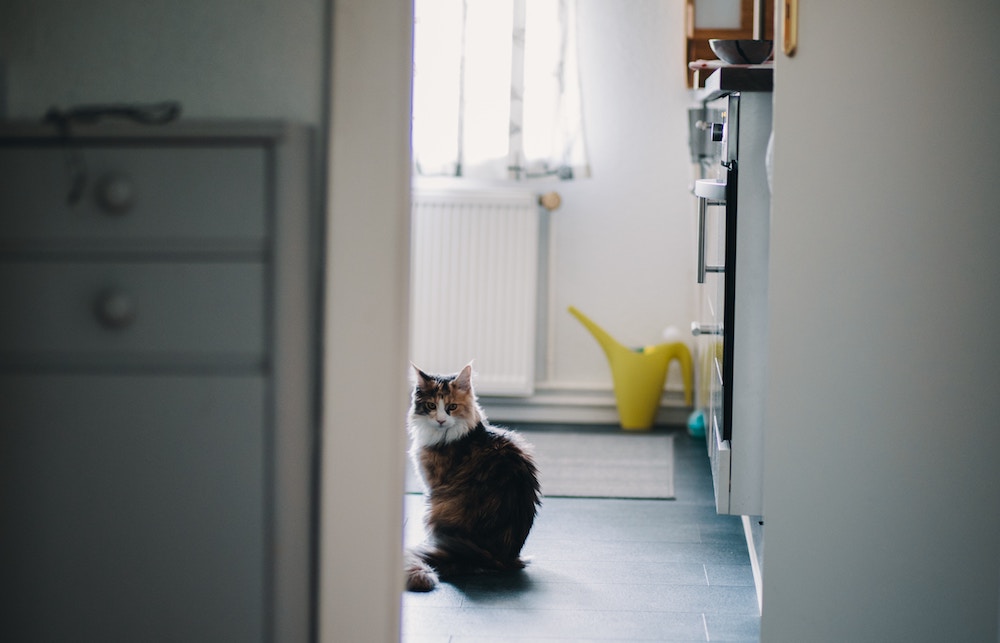
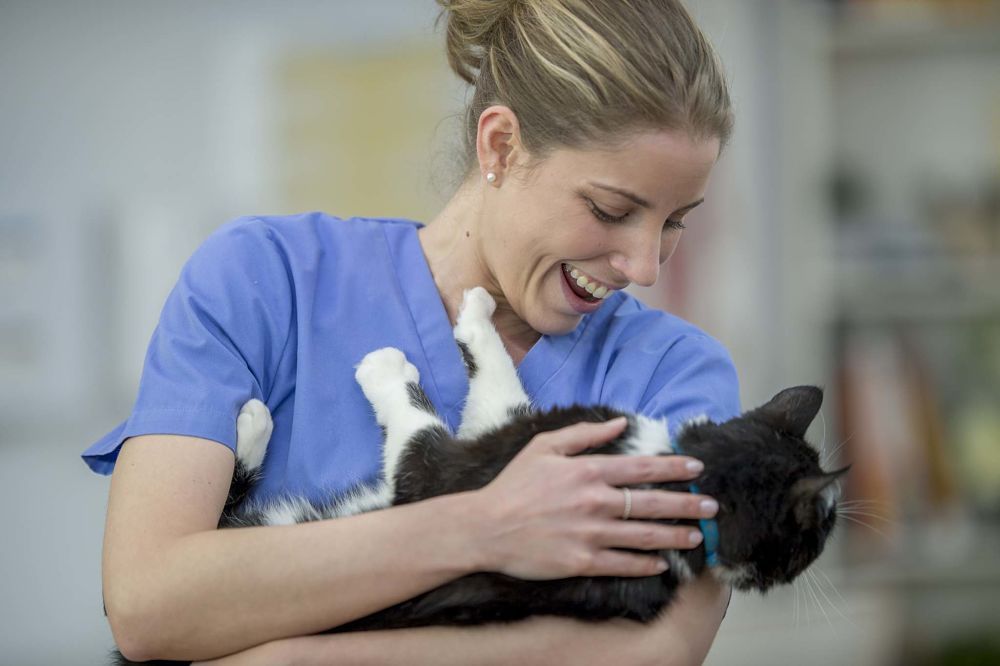
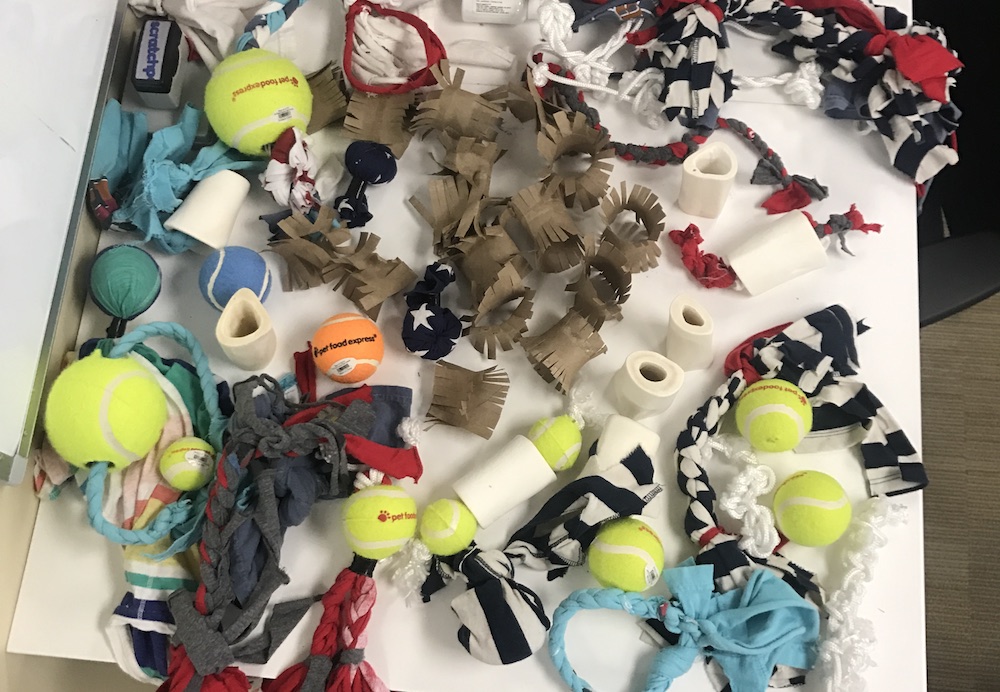
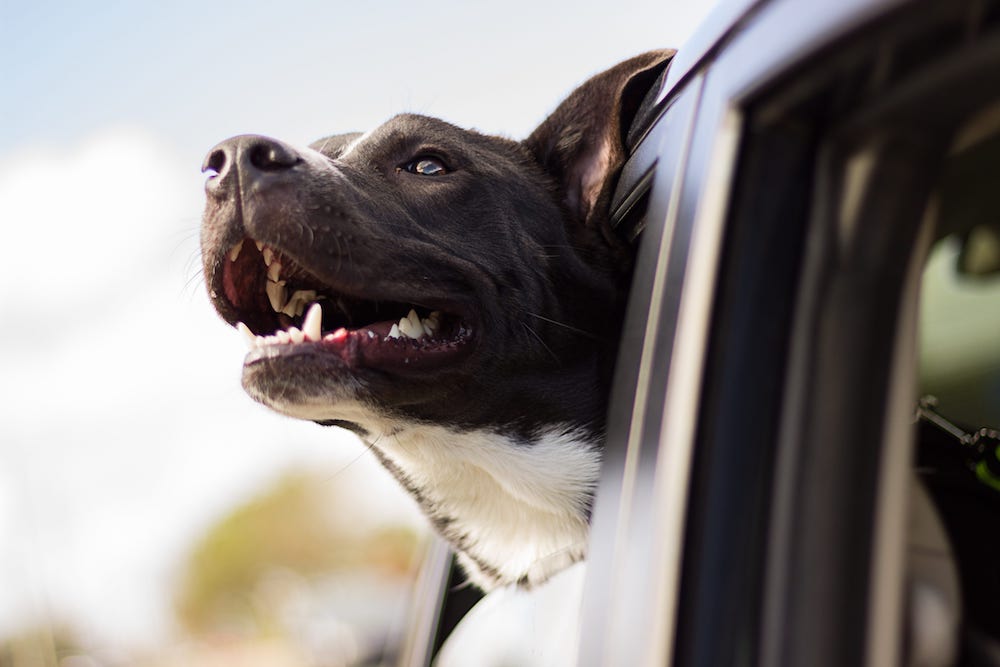
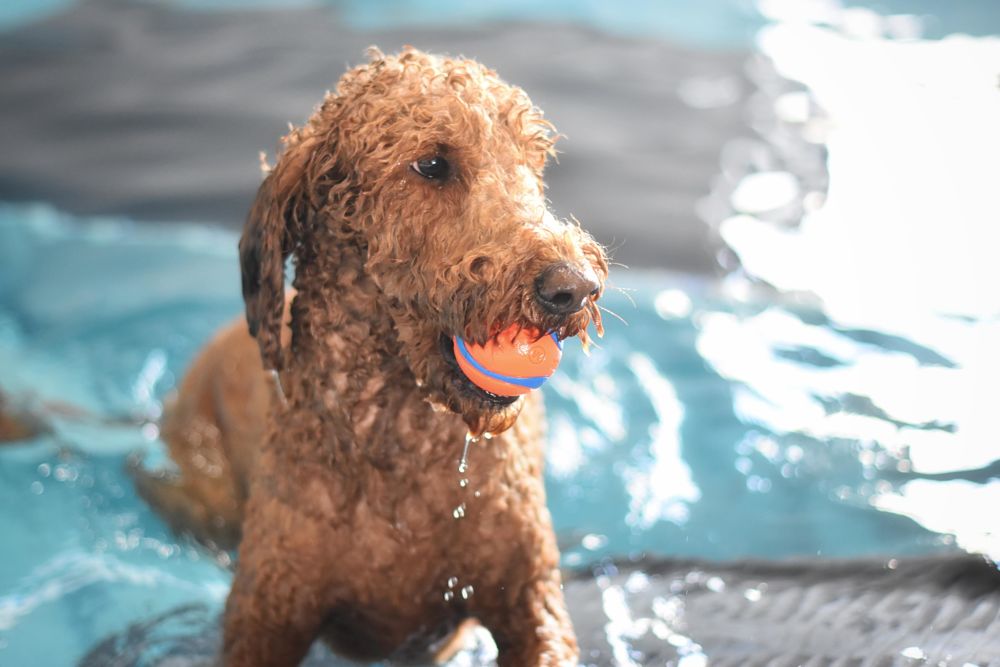
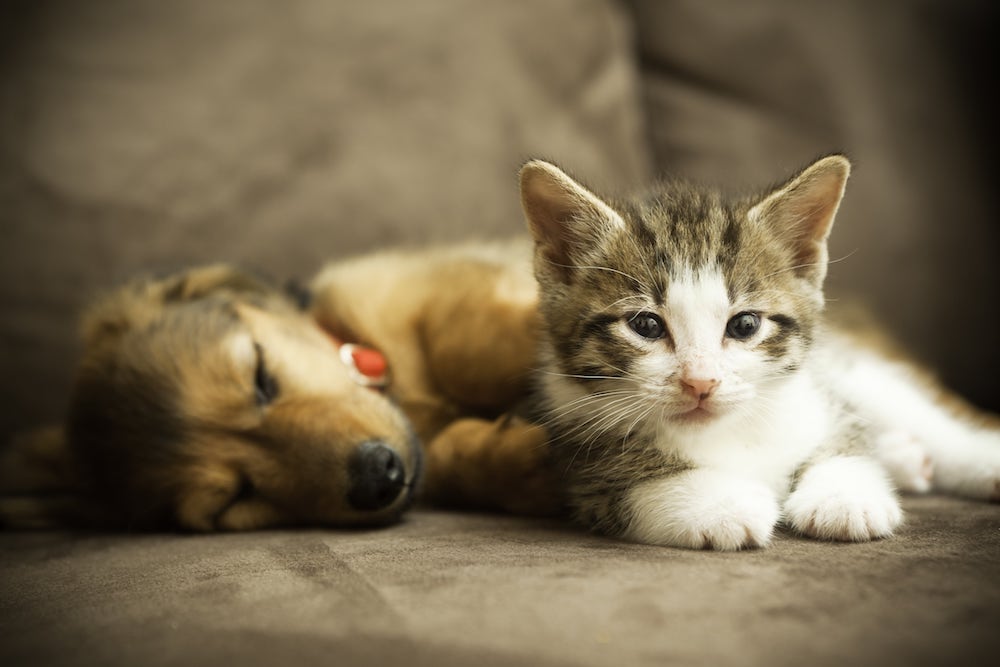
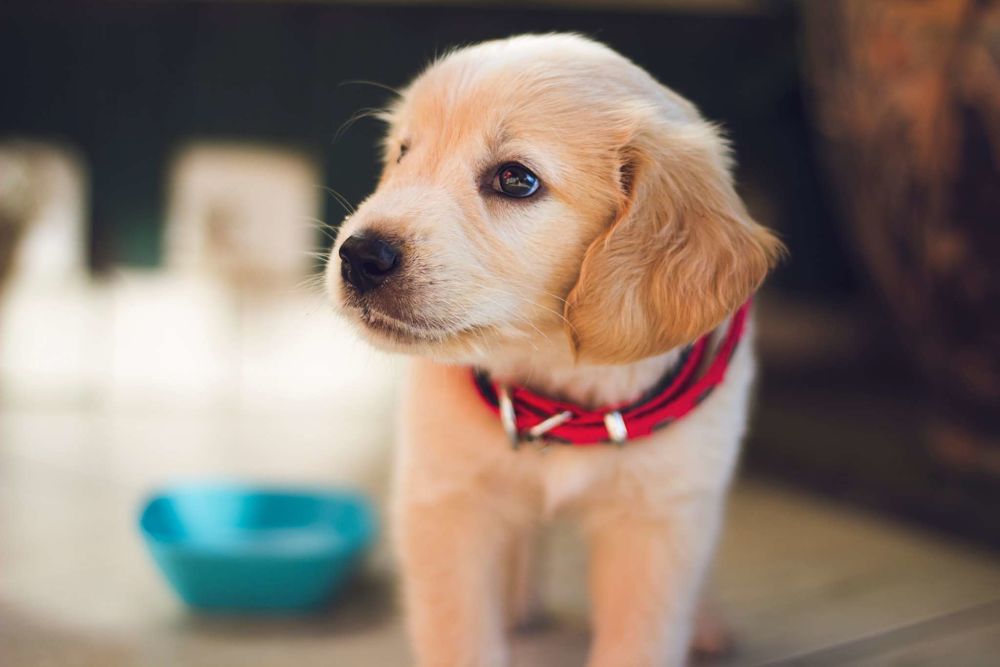


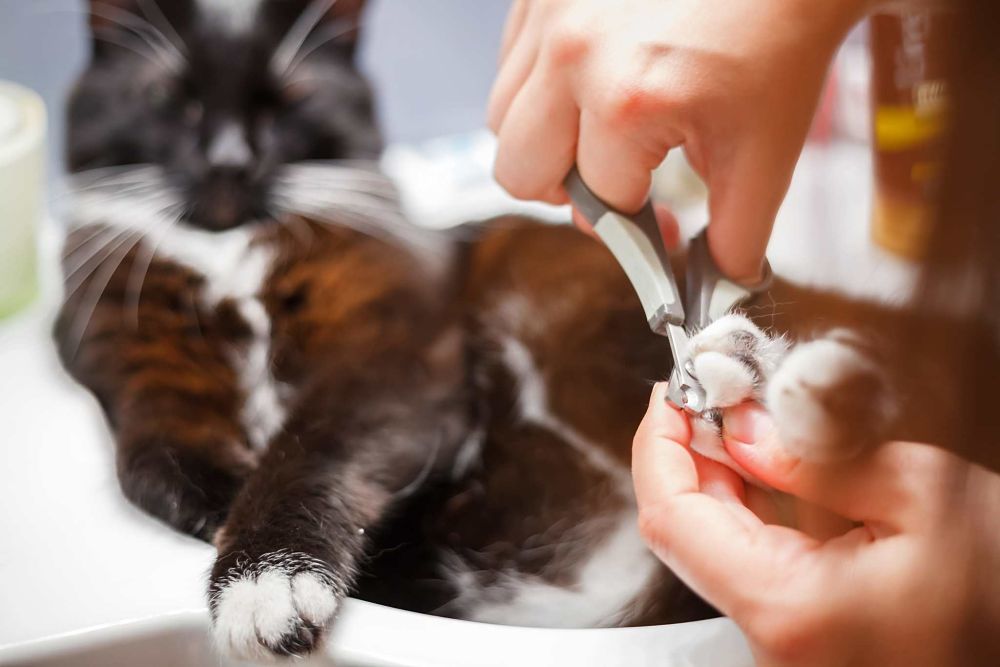
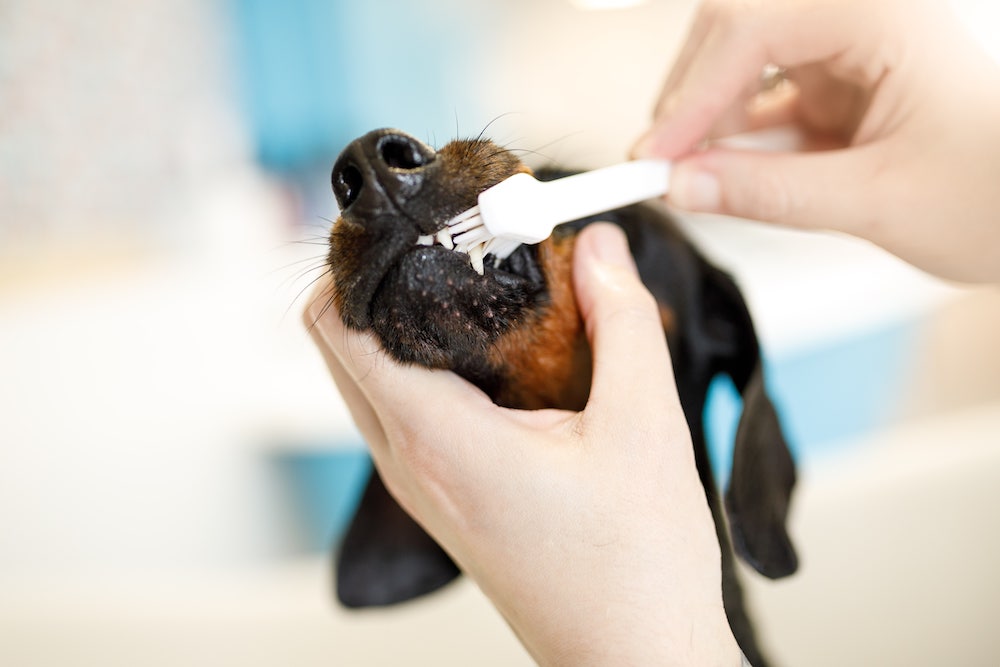
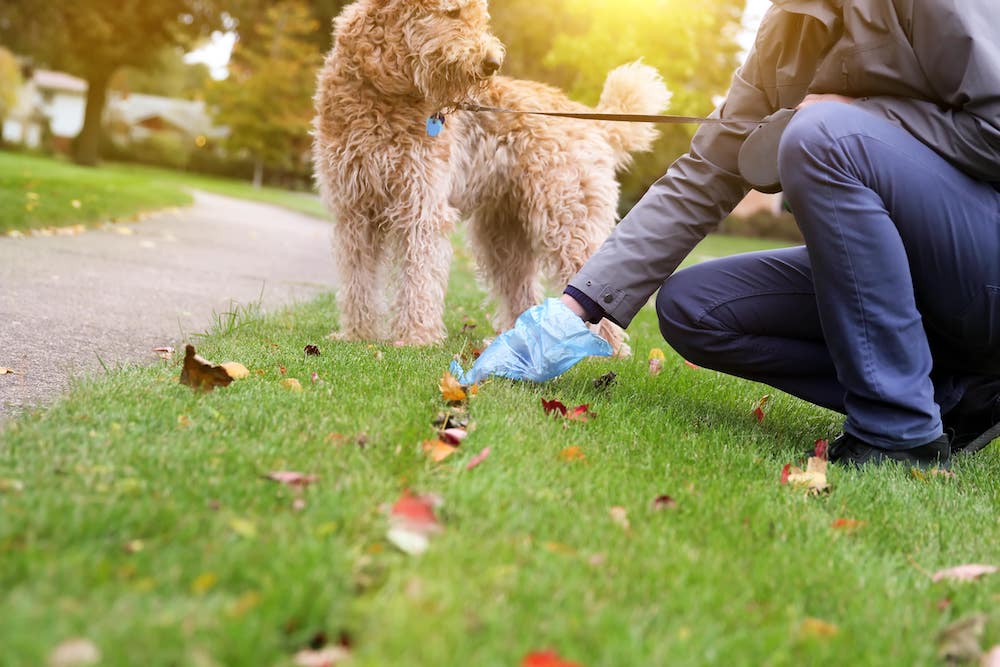

.jpg)
